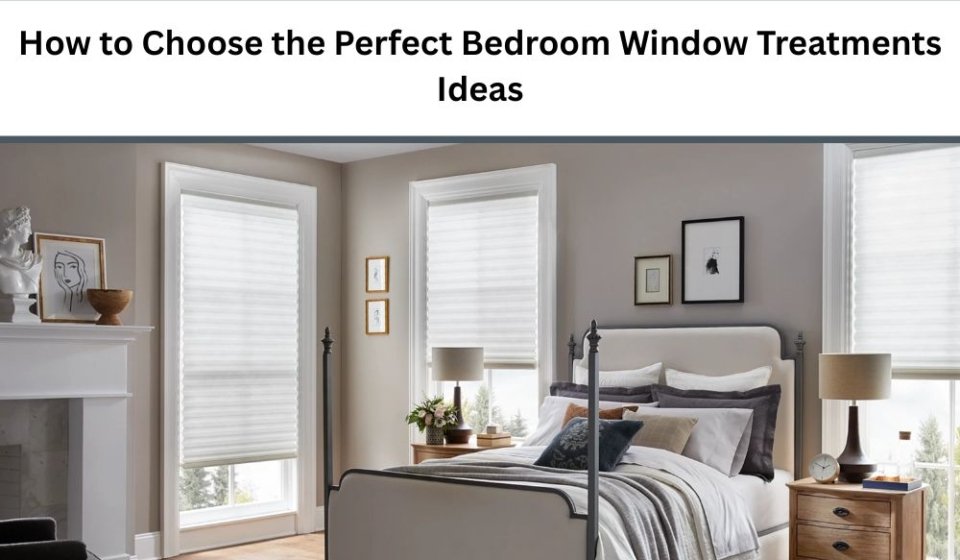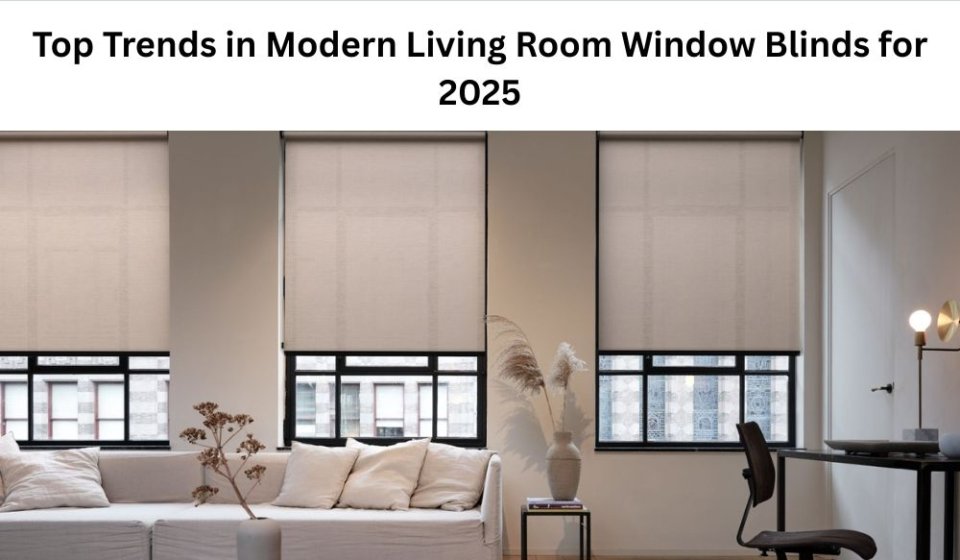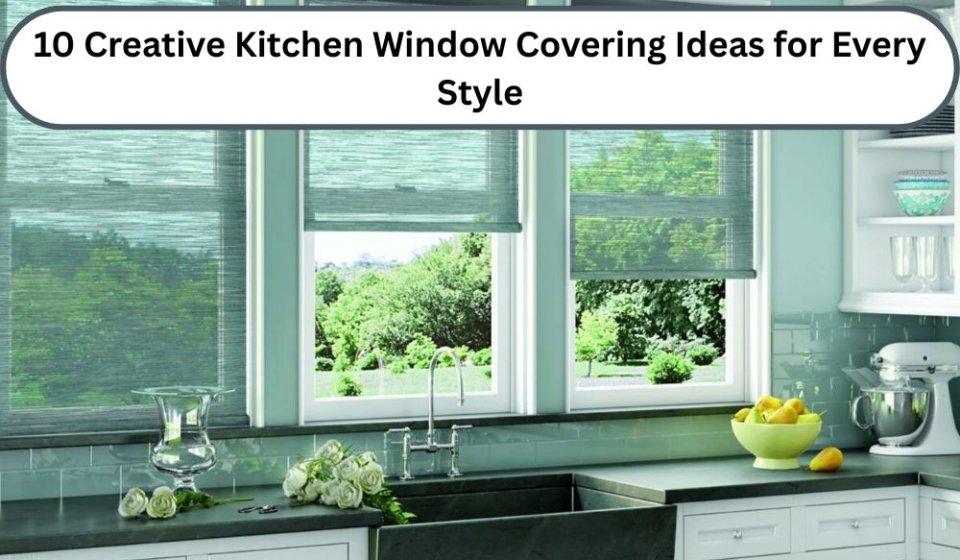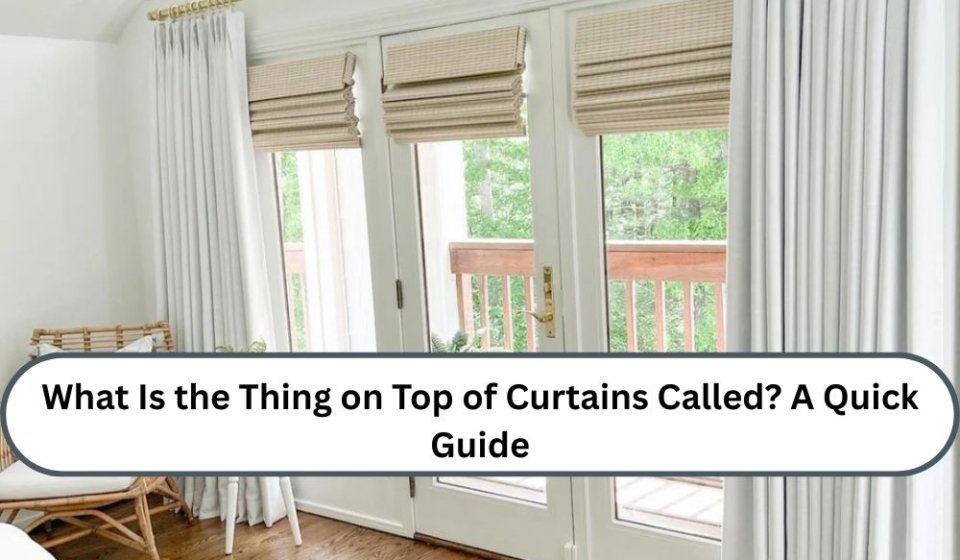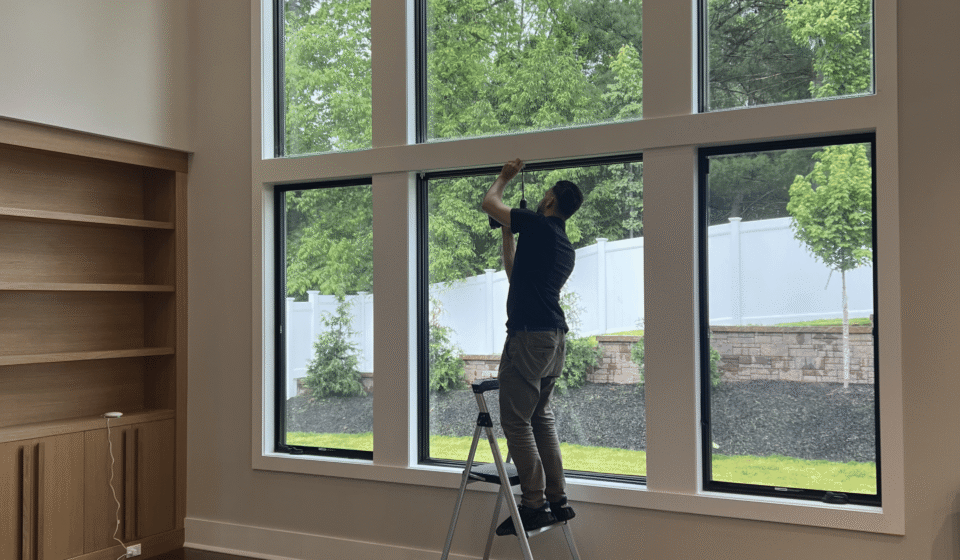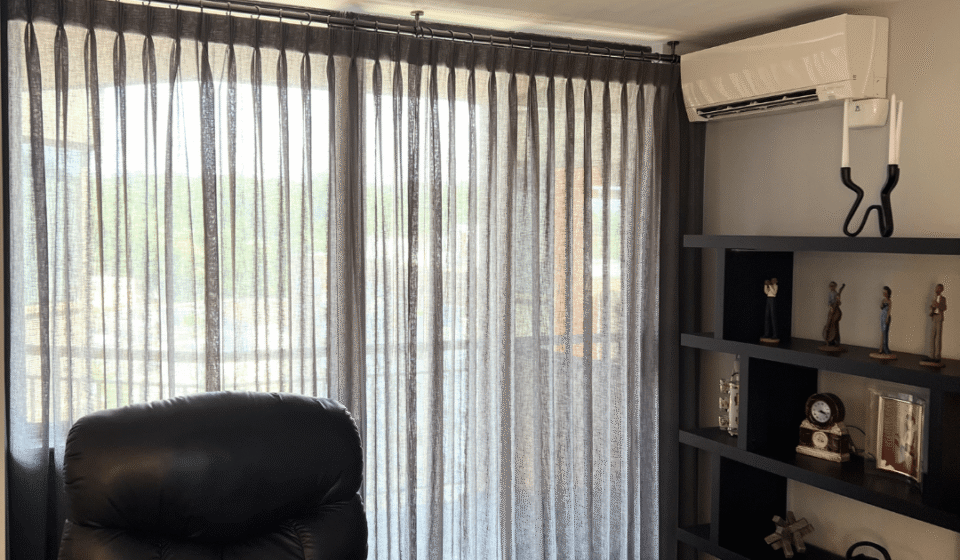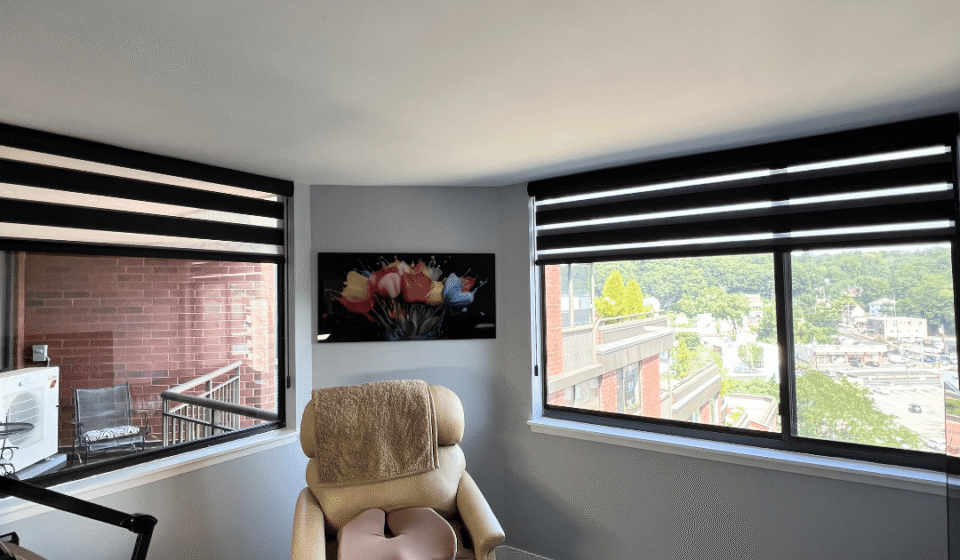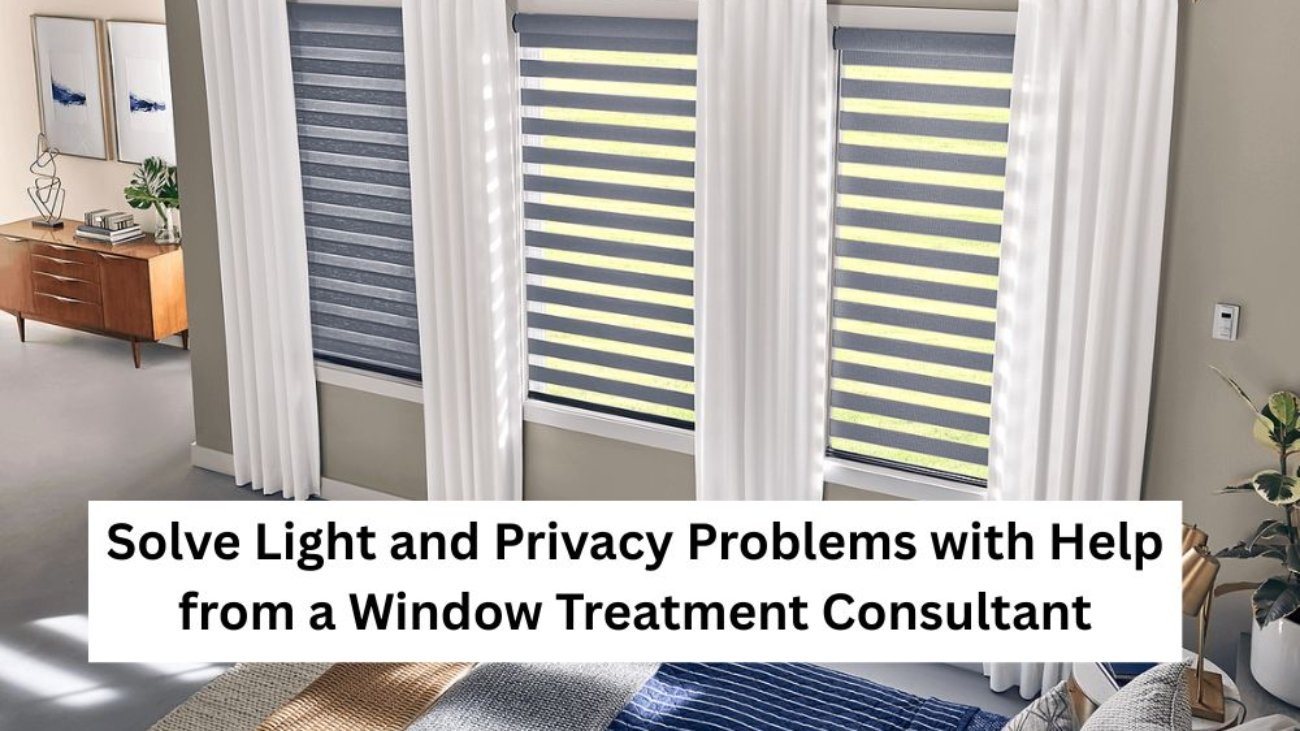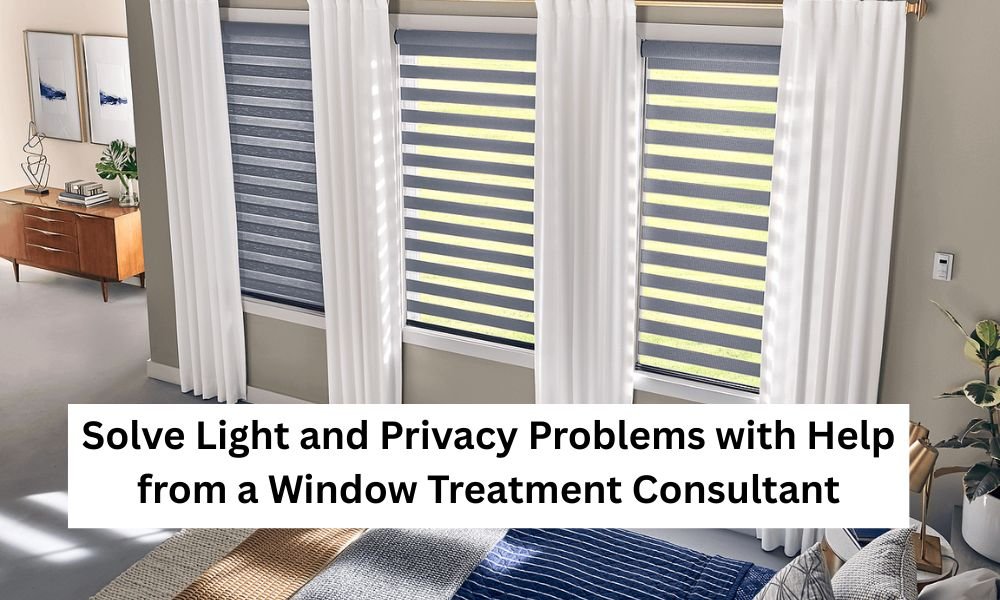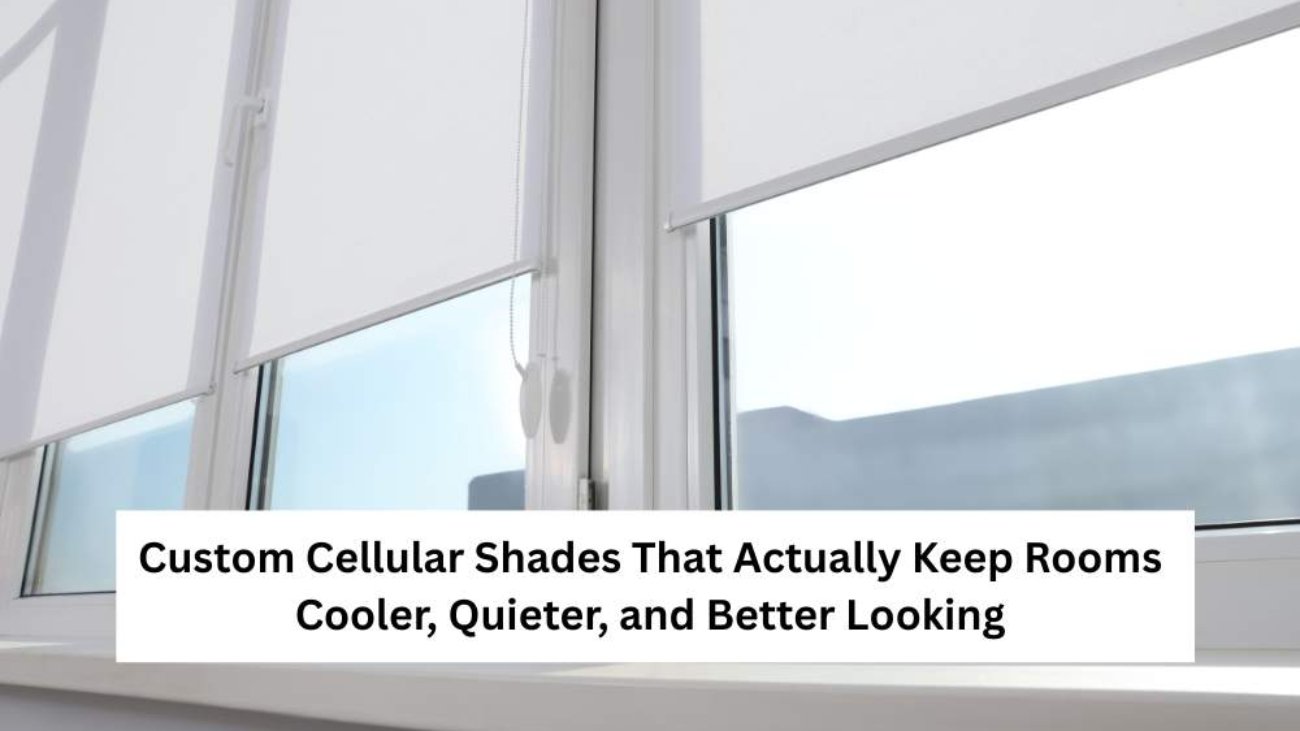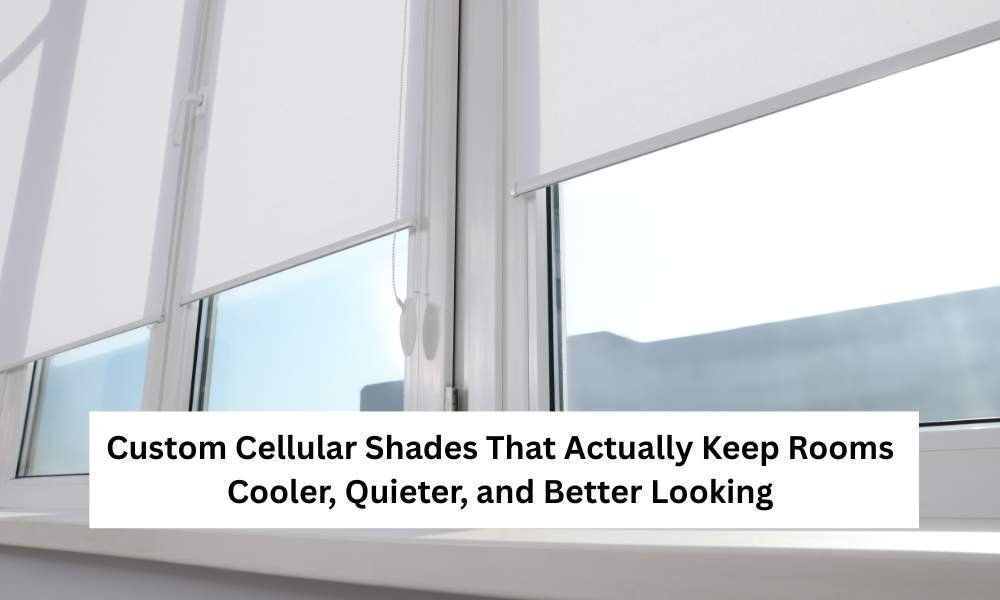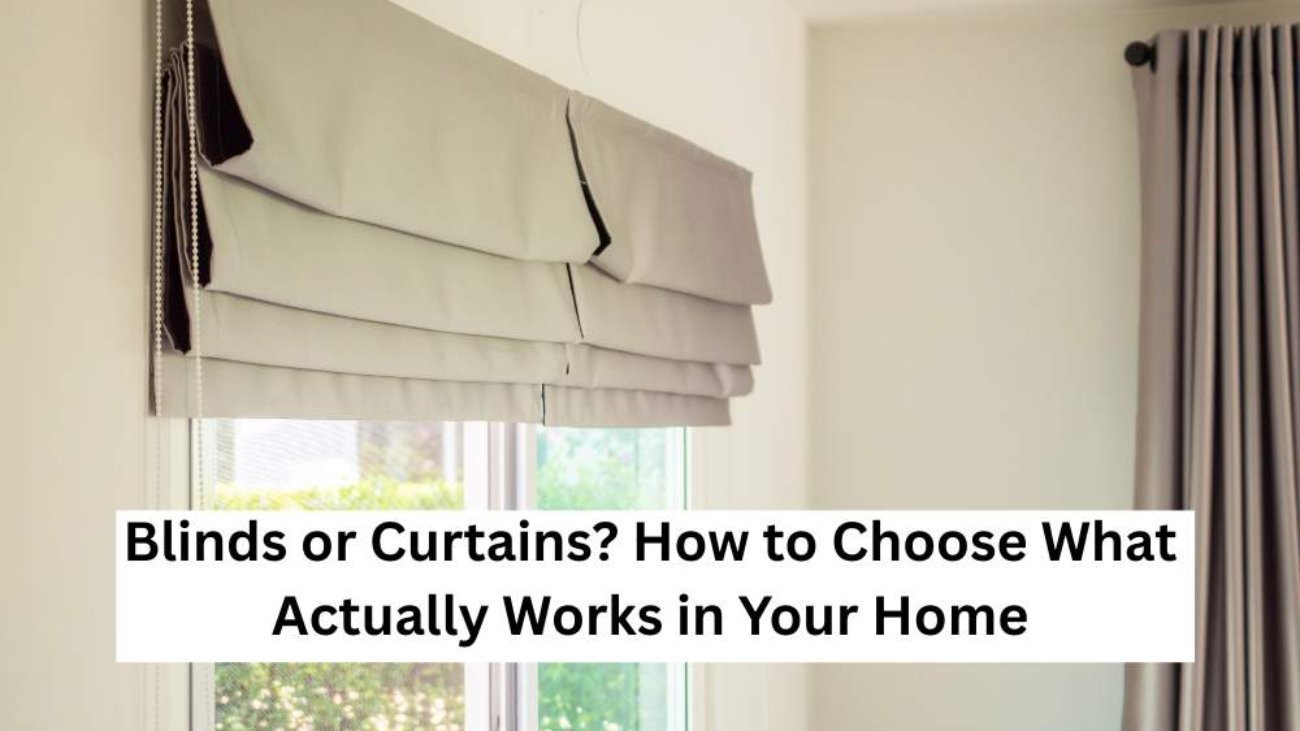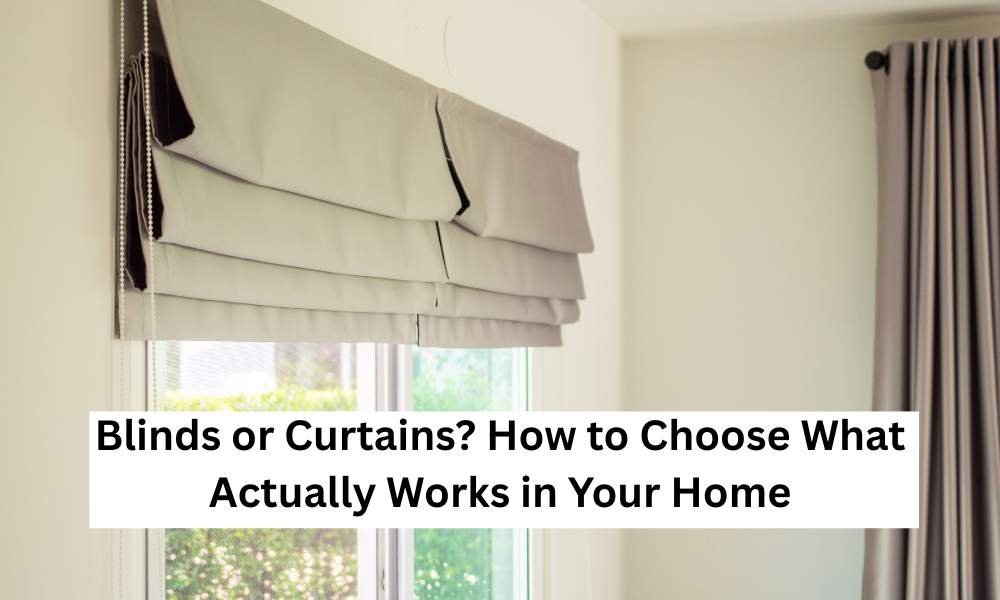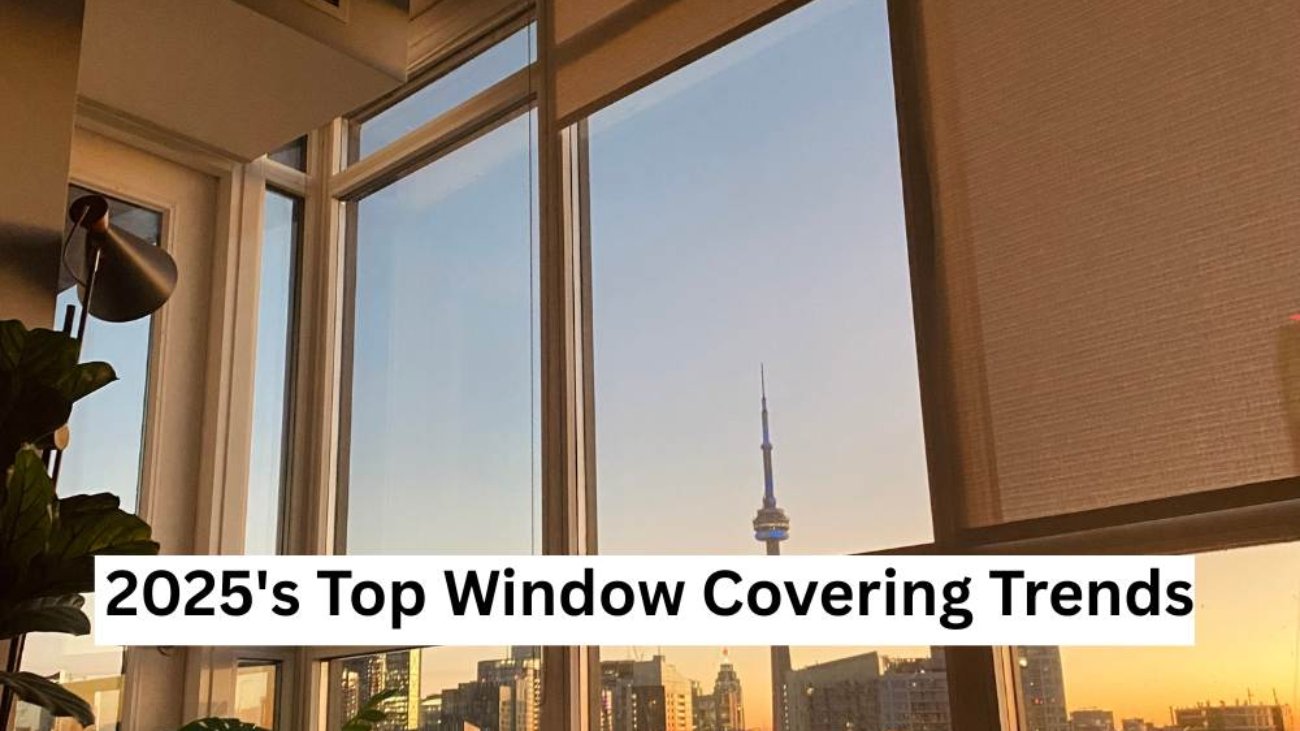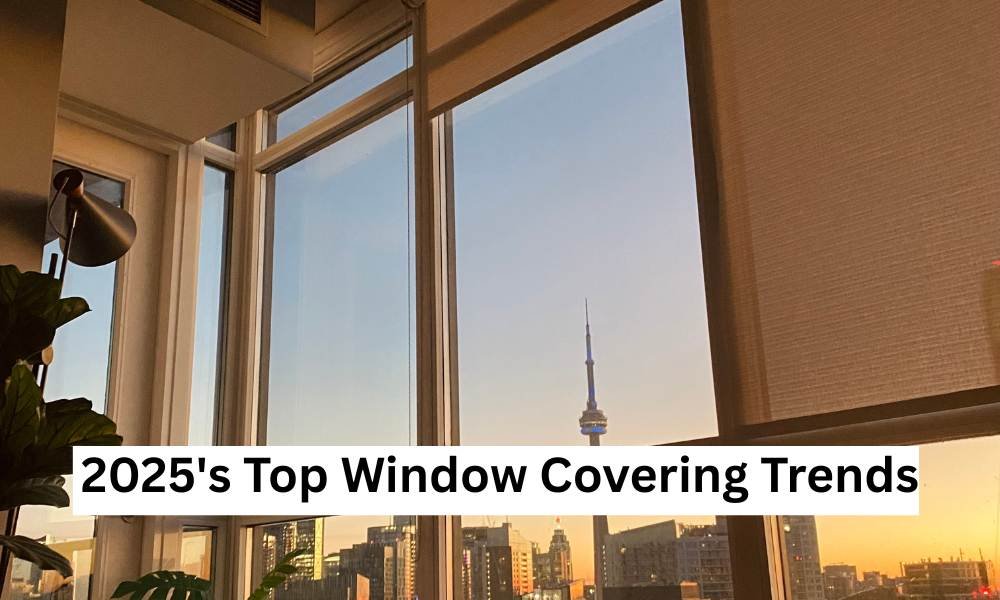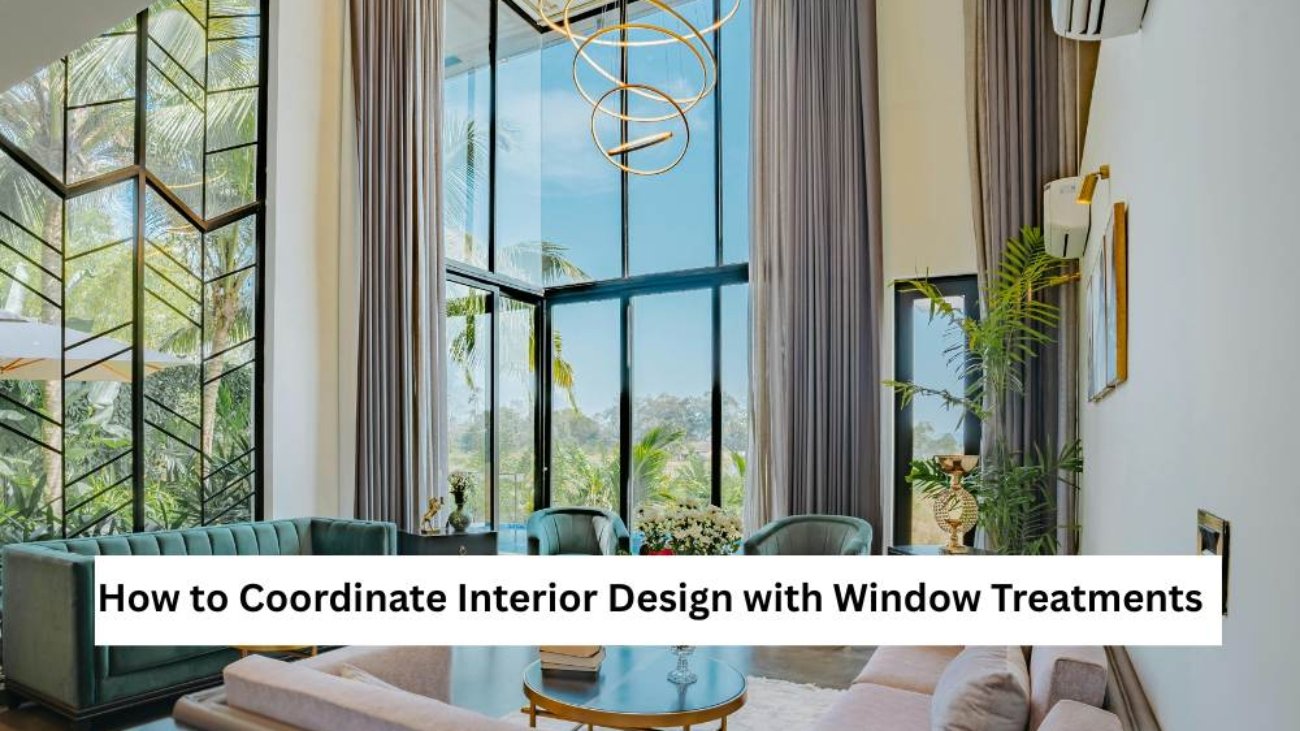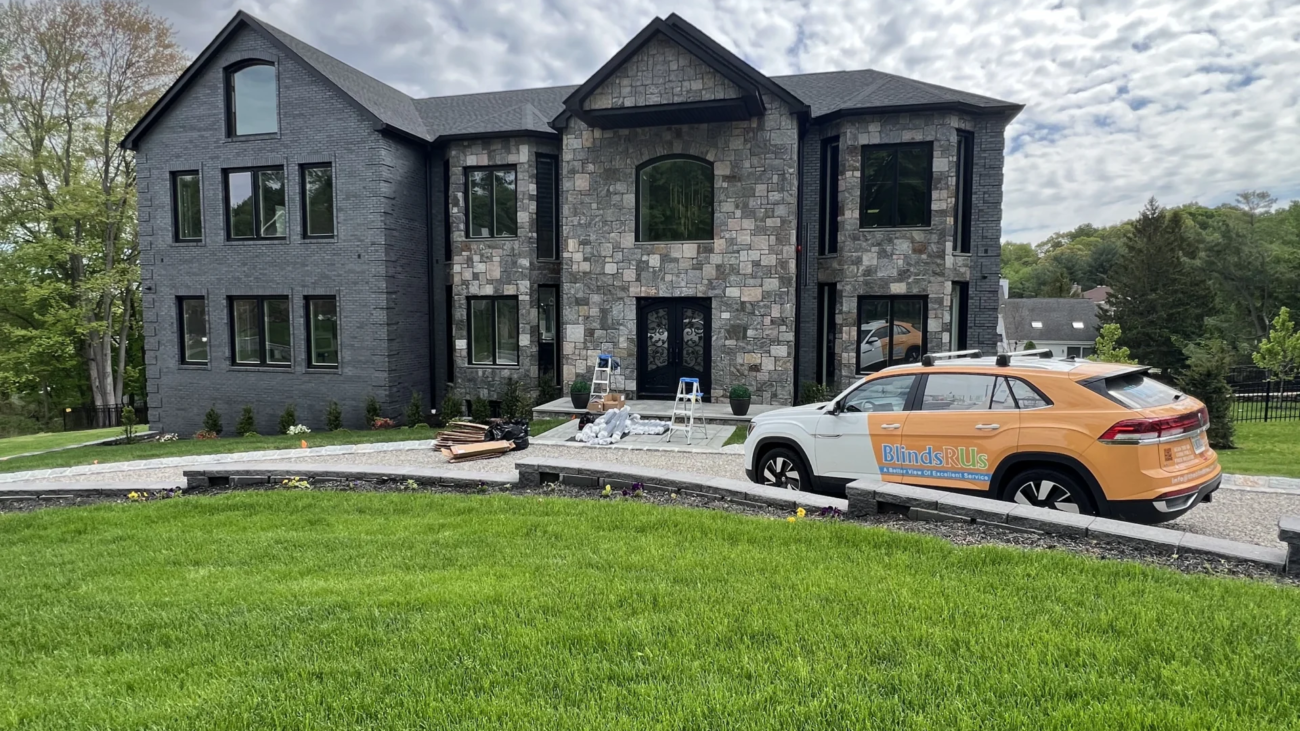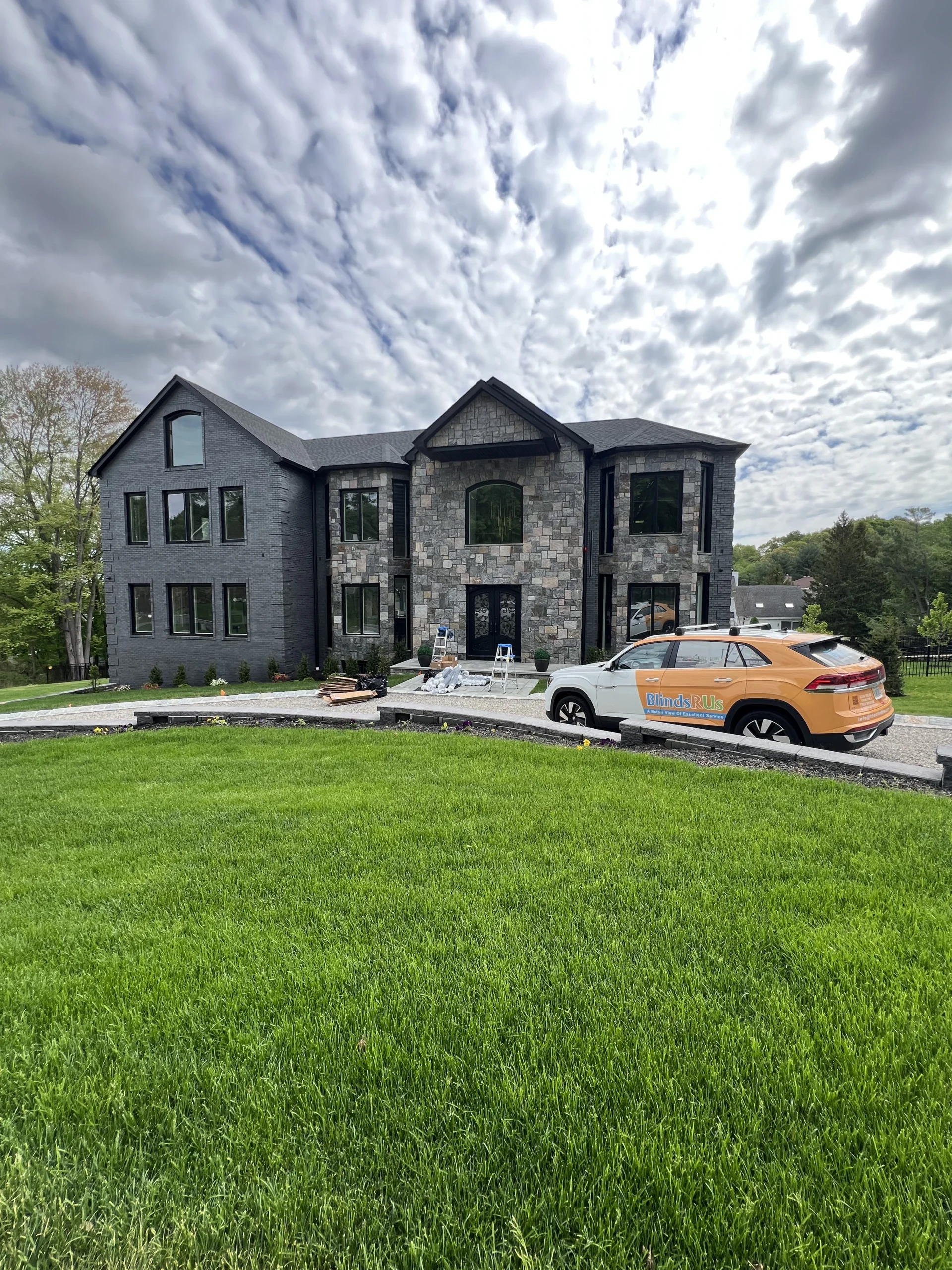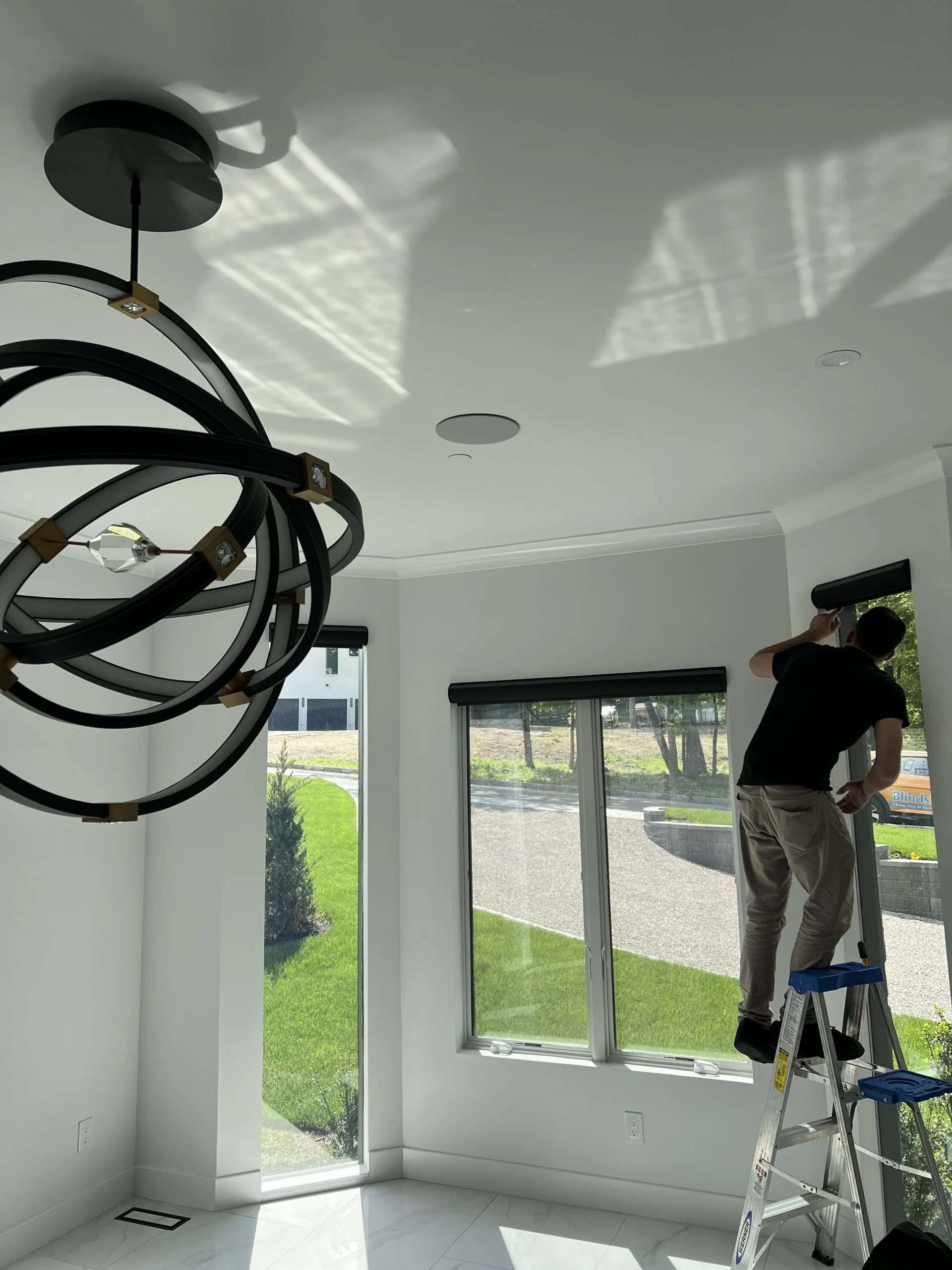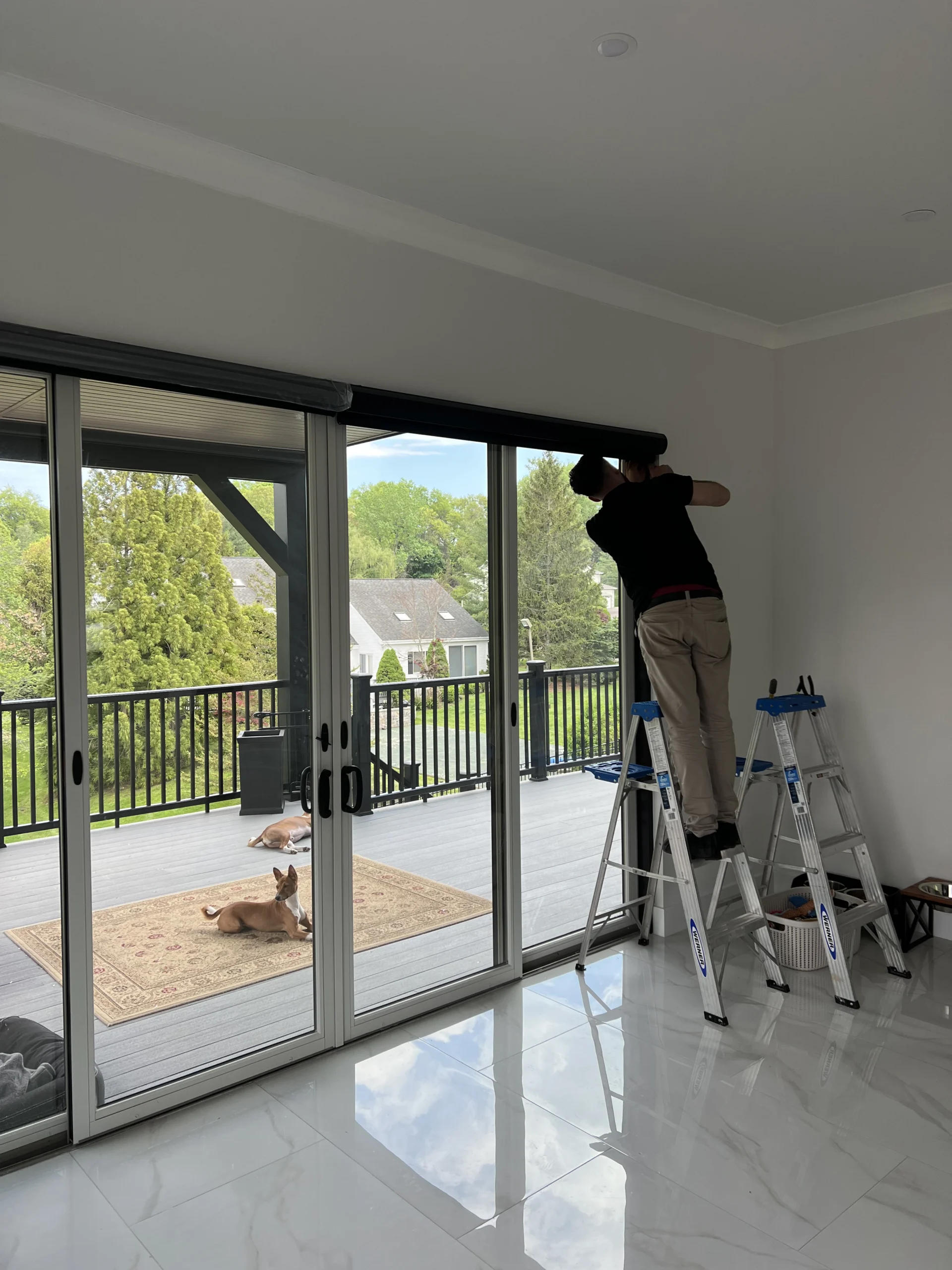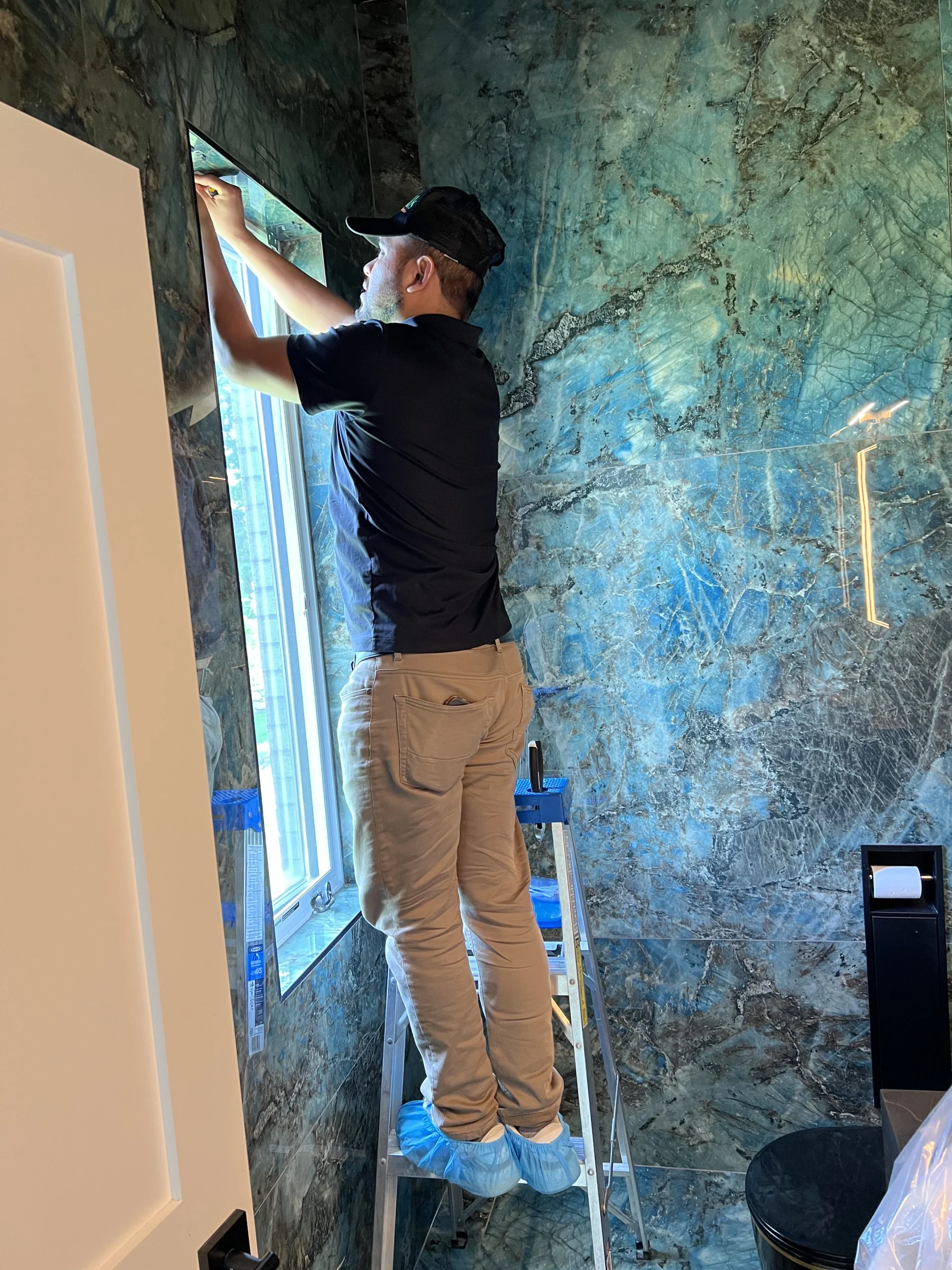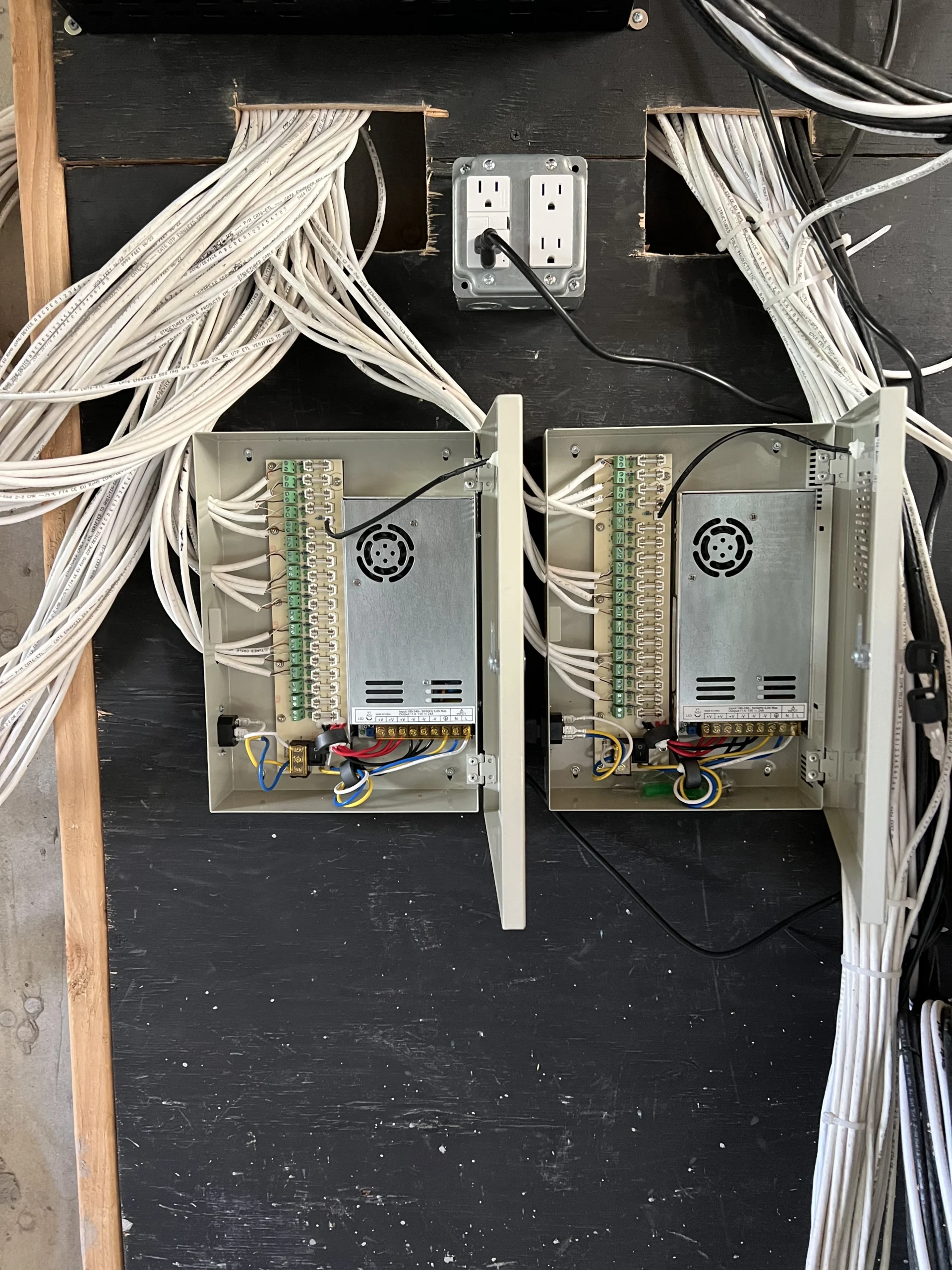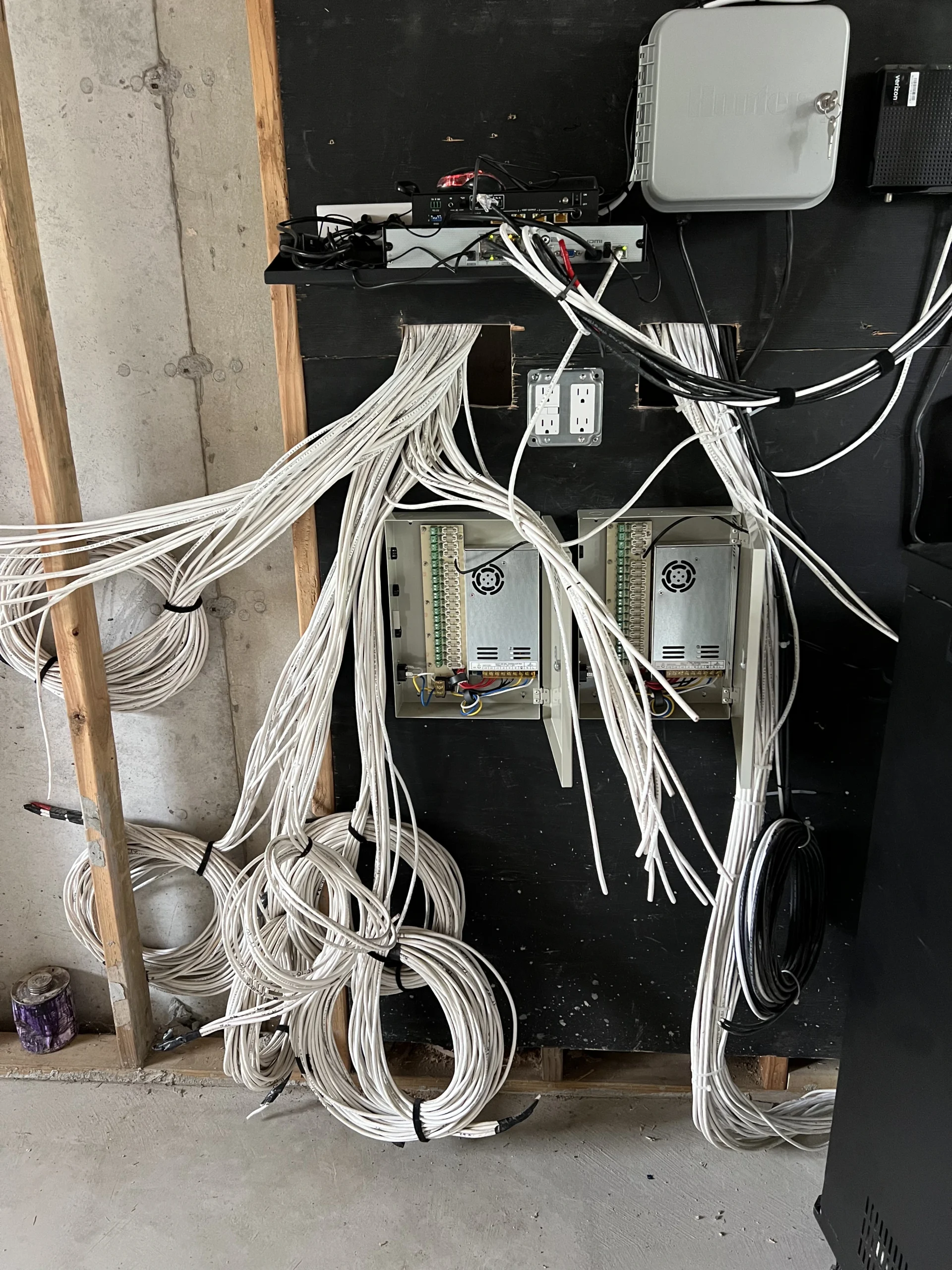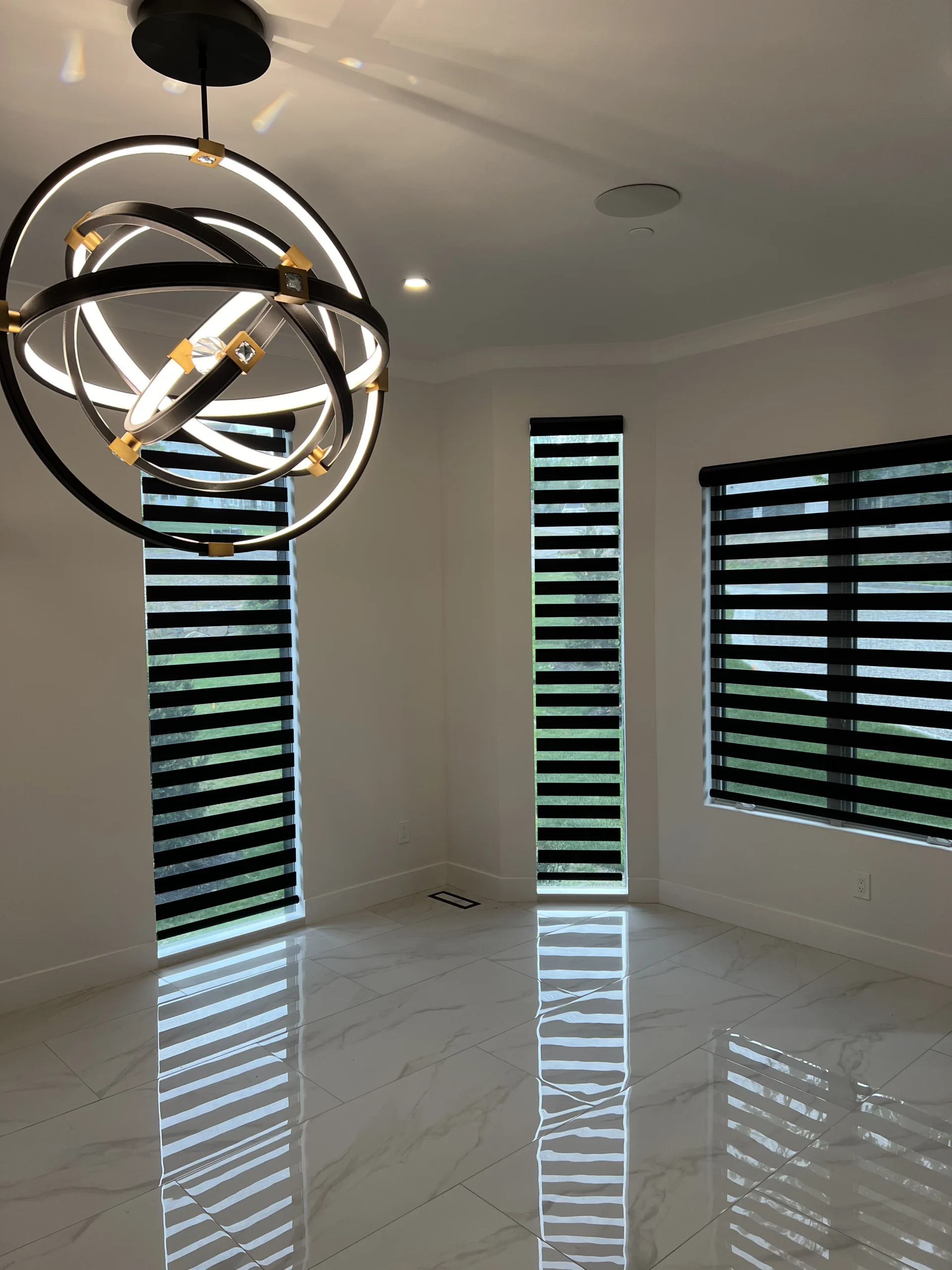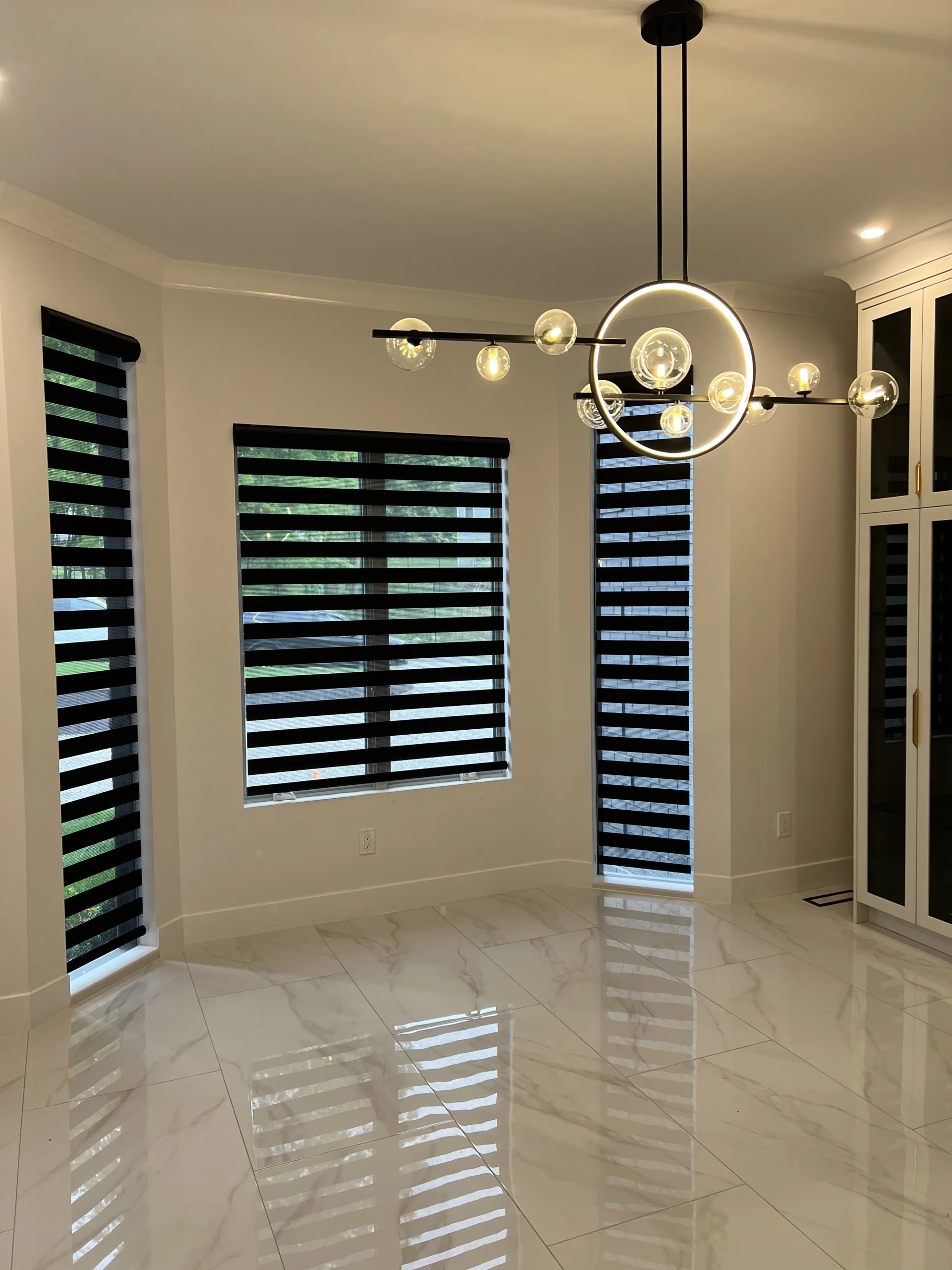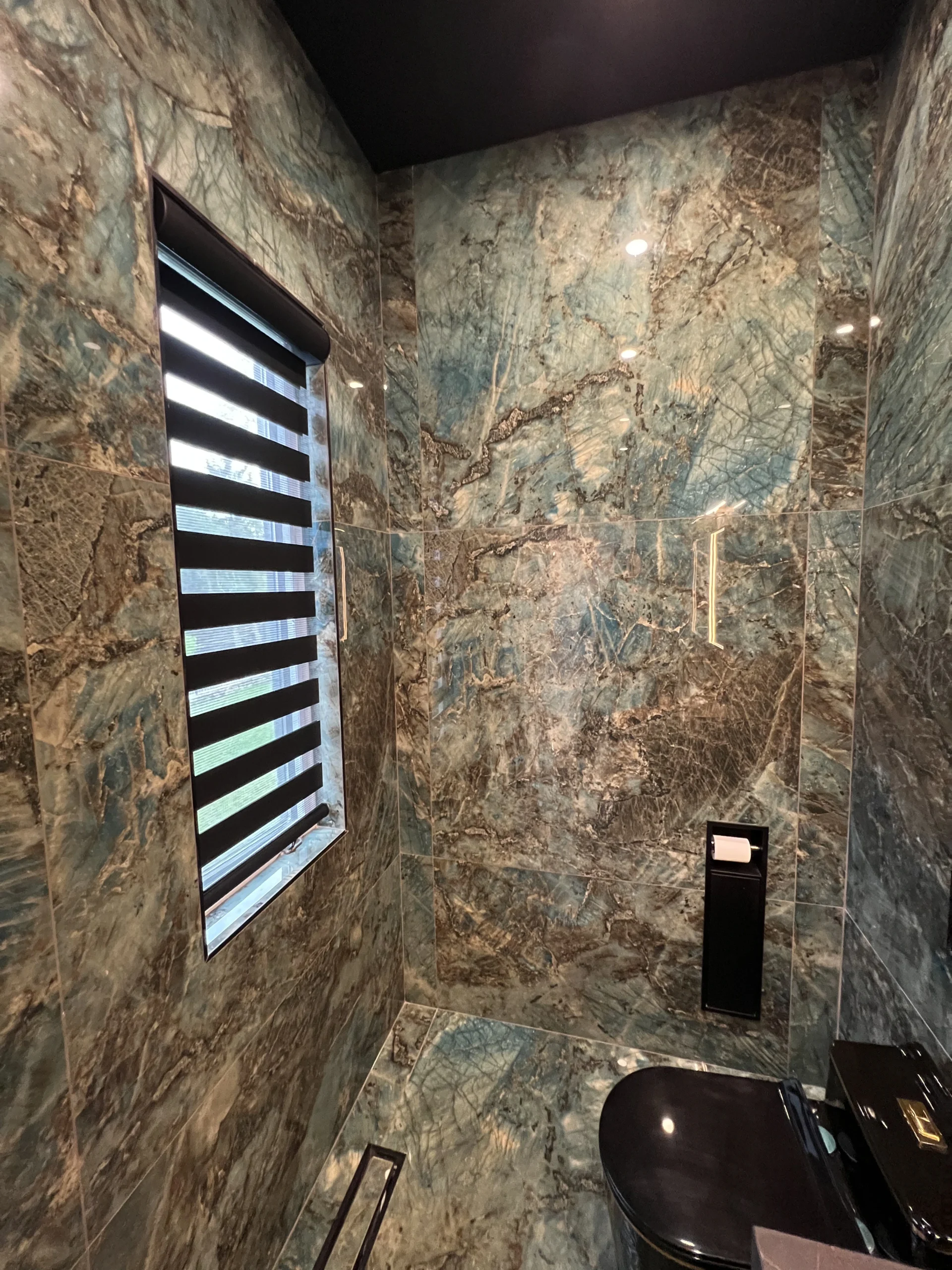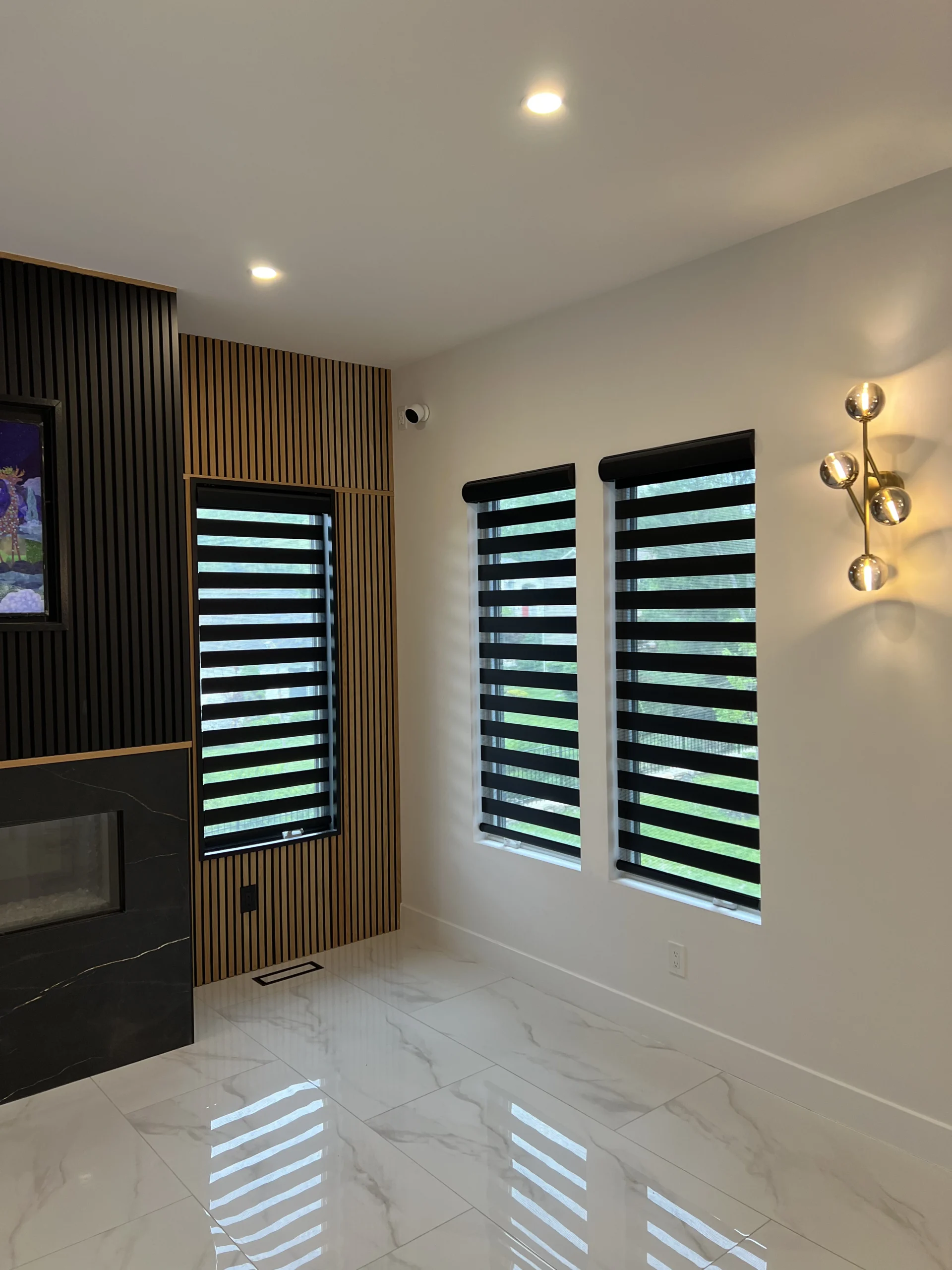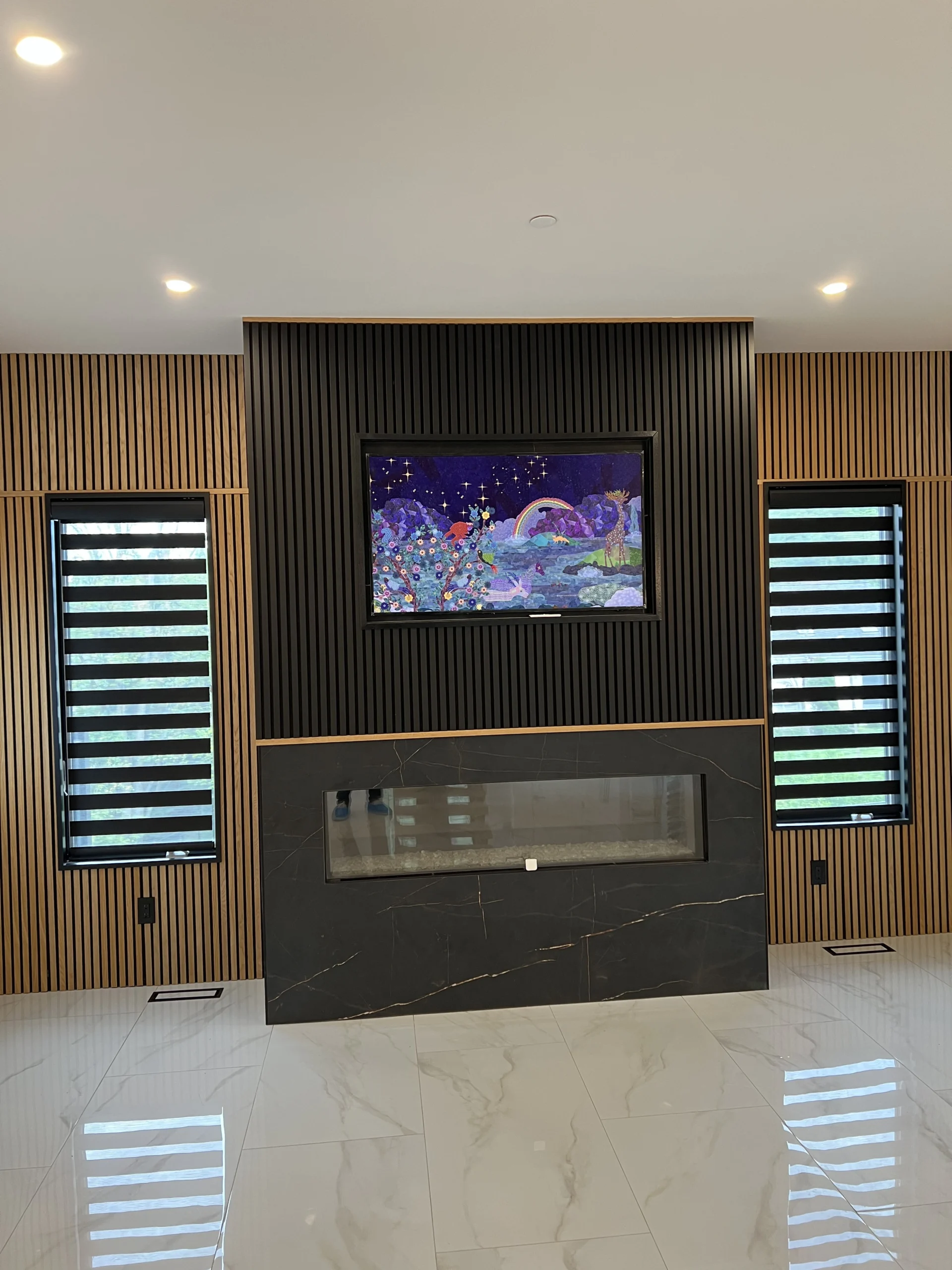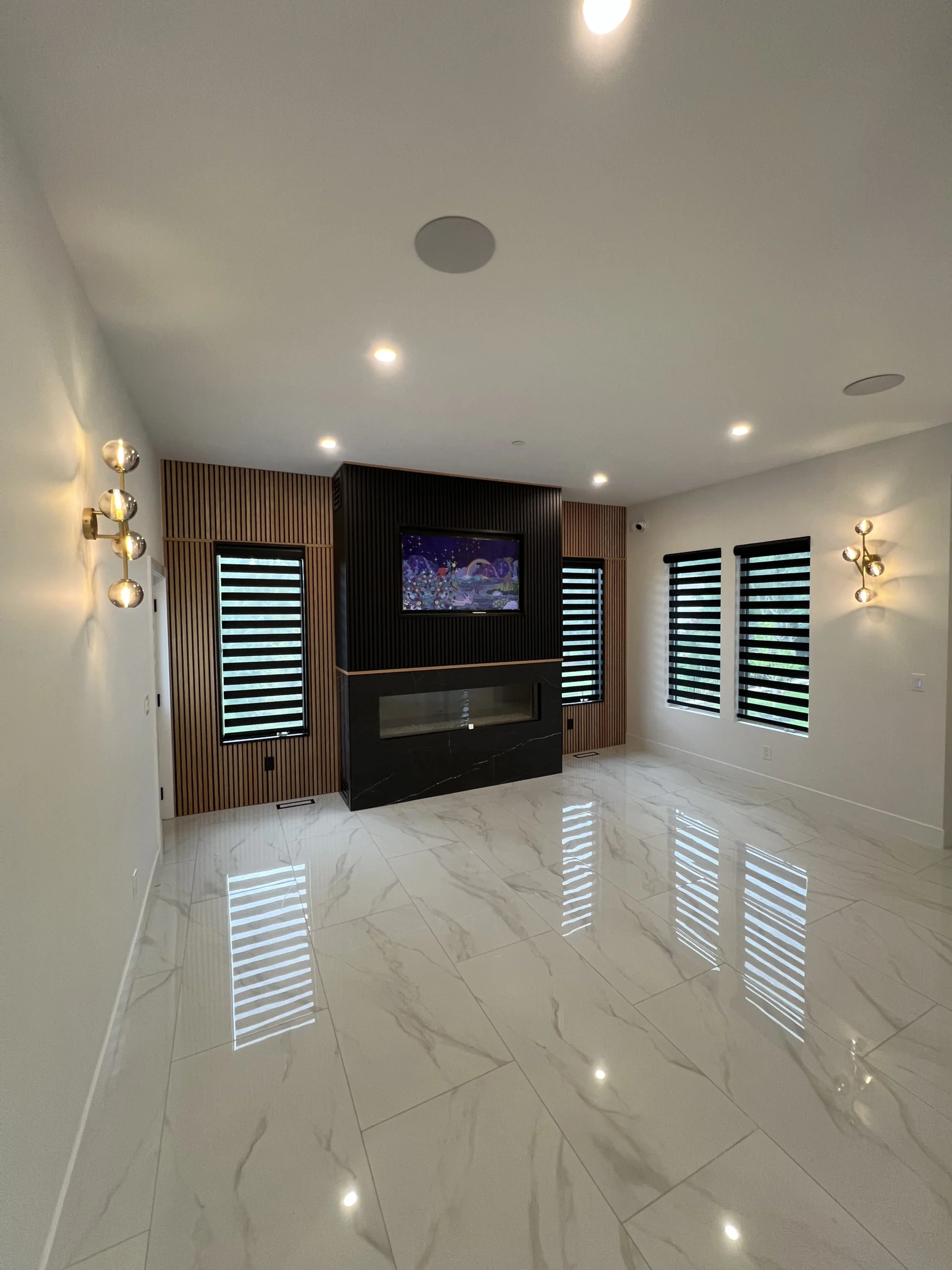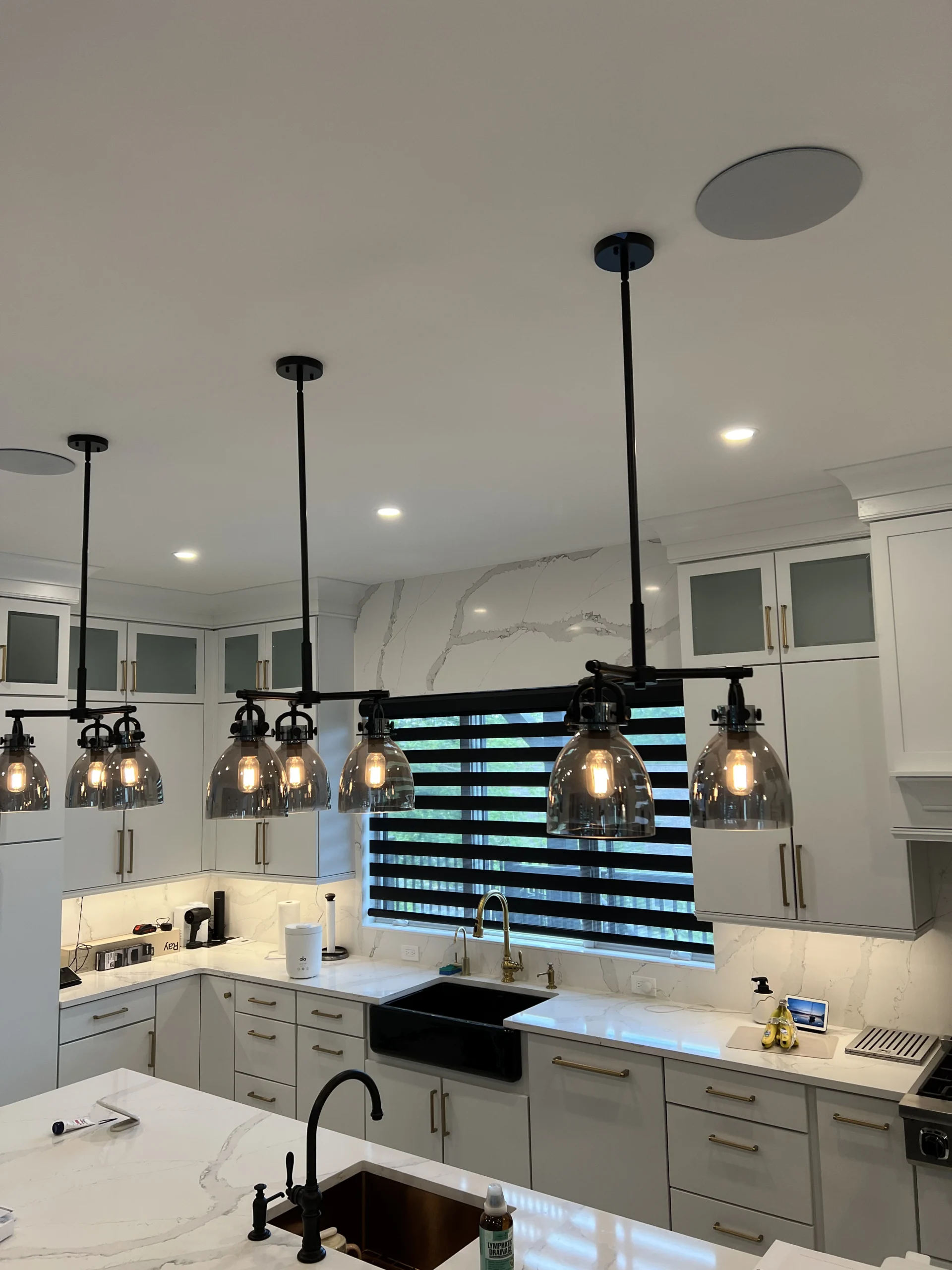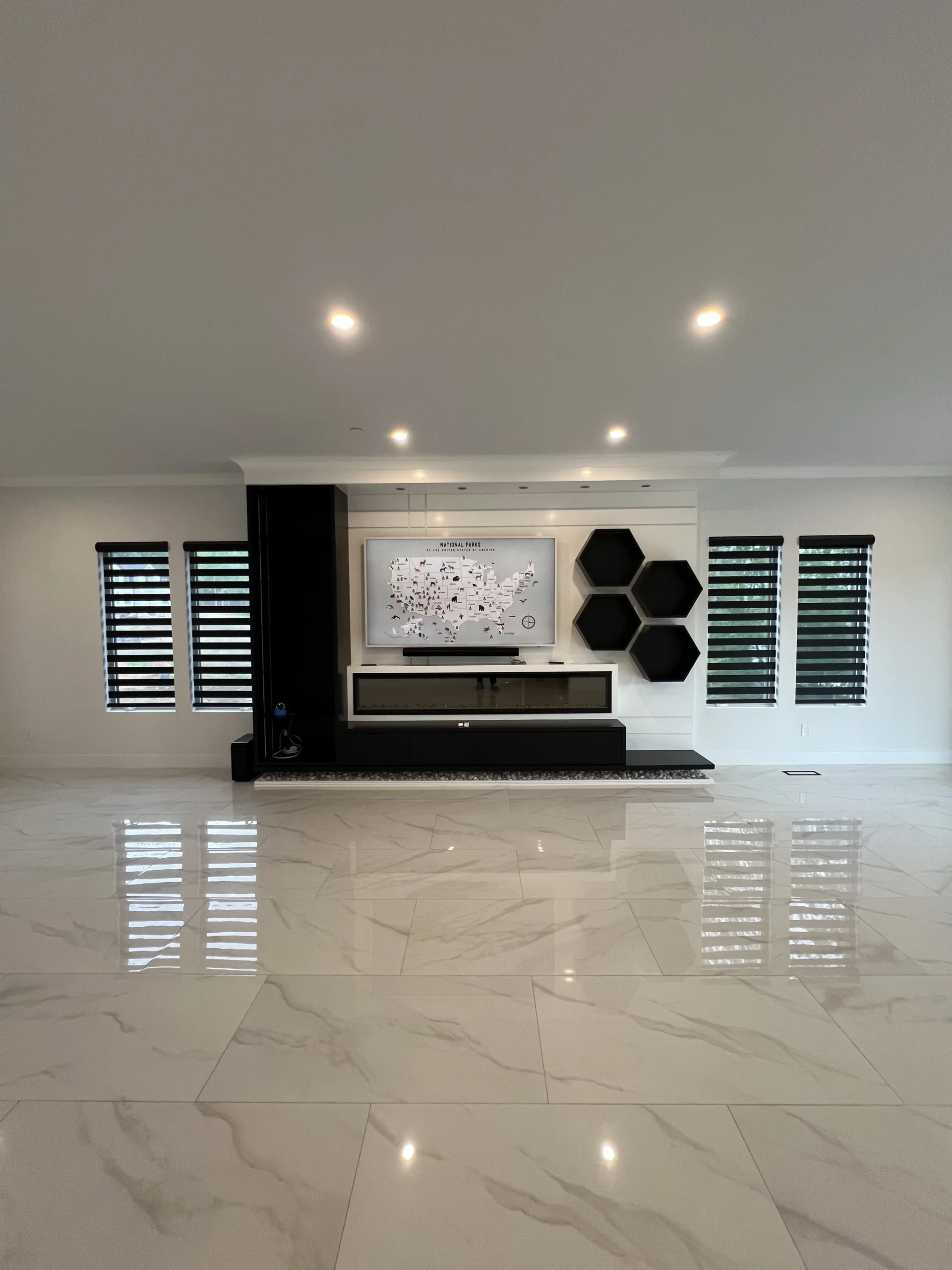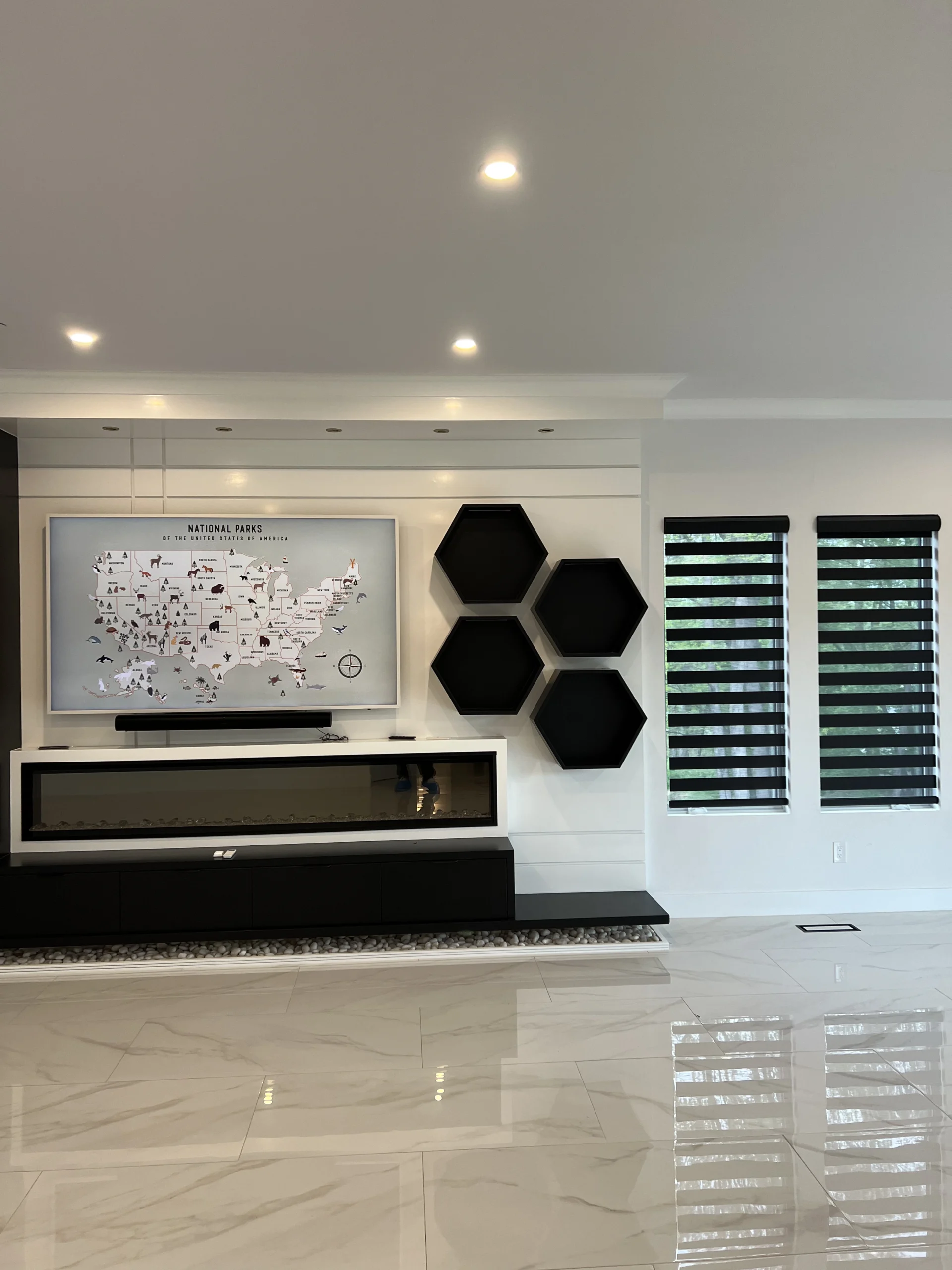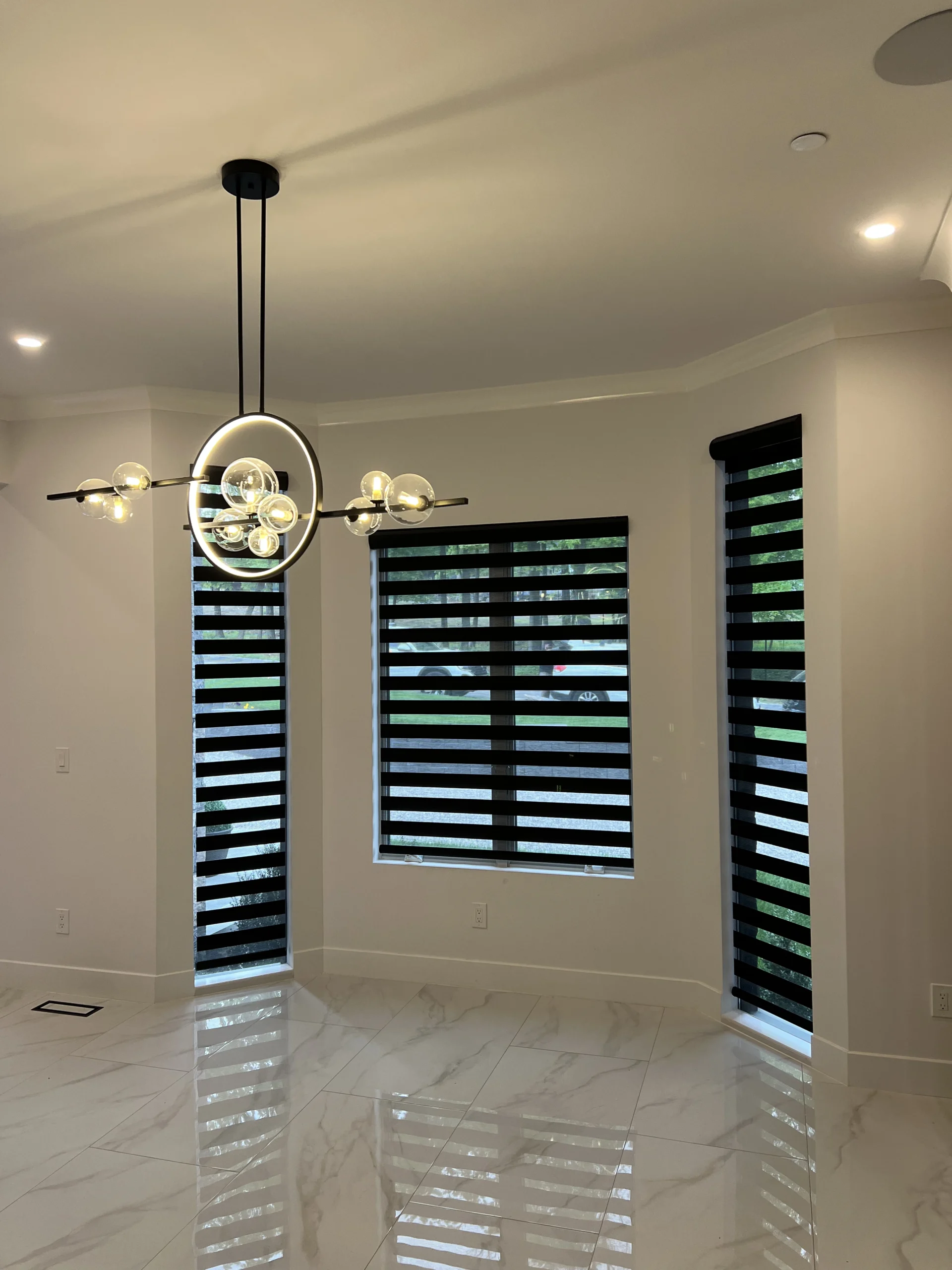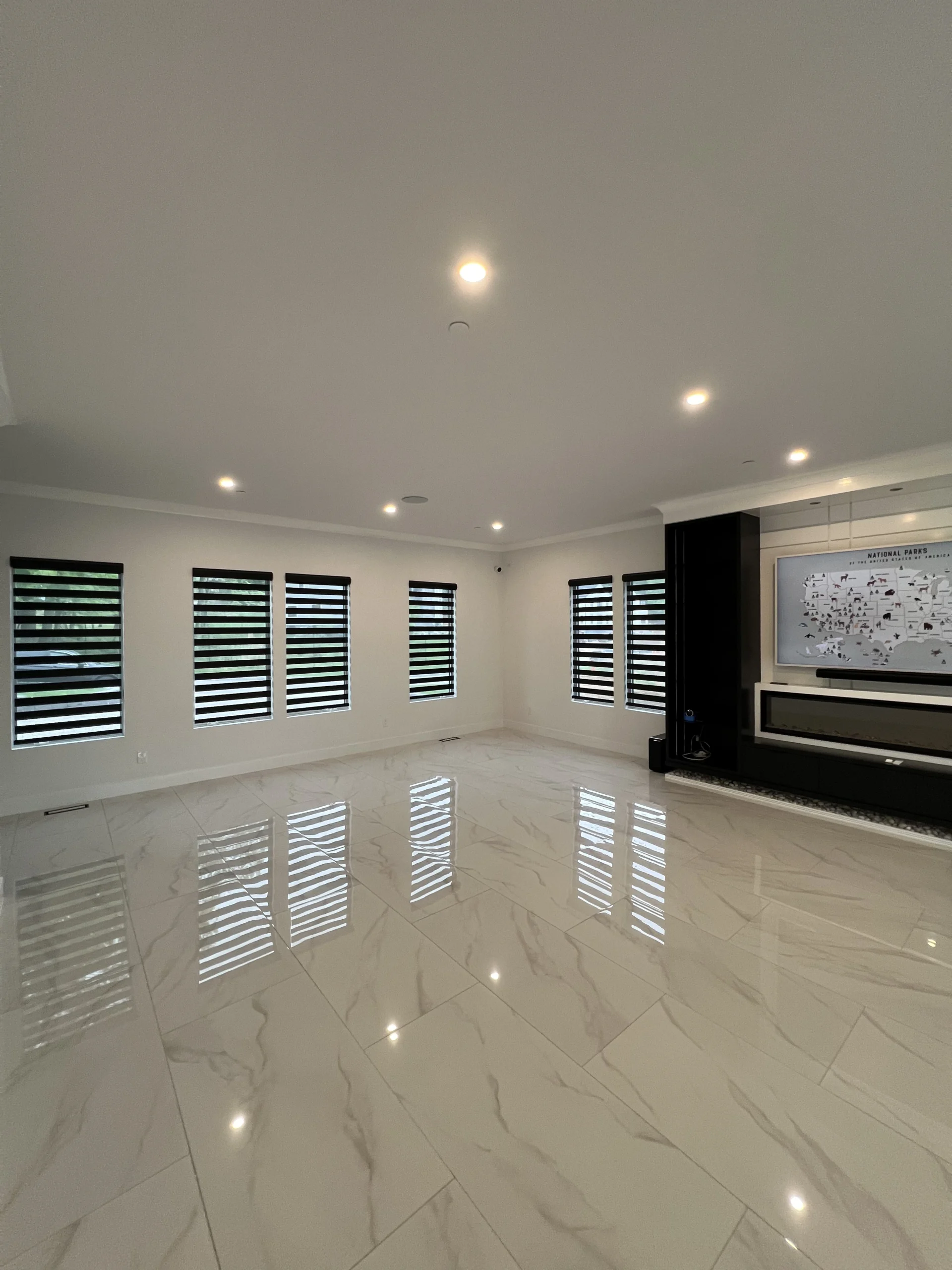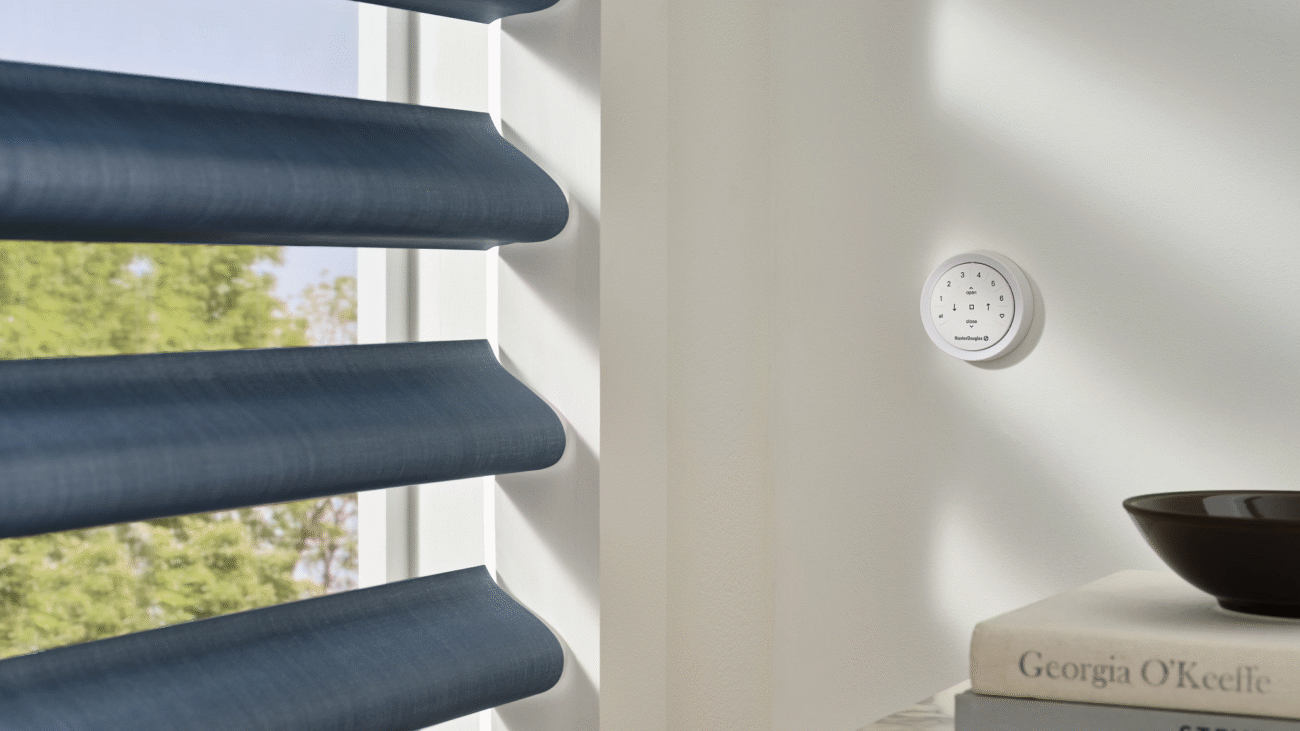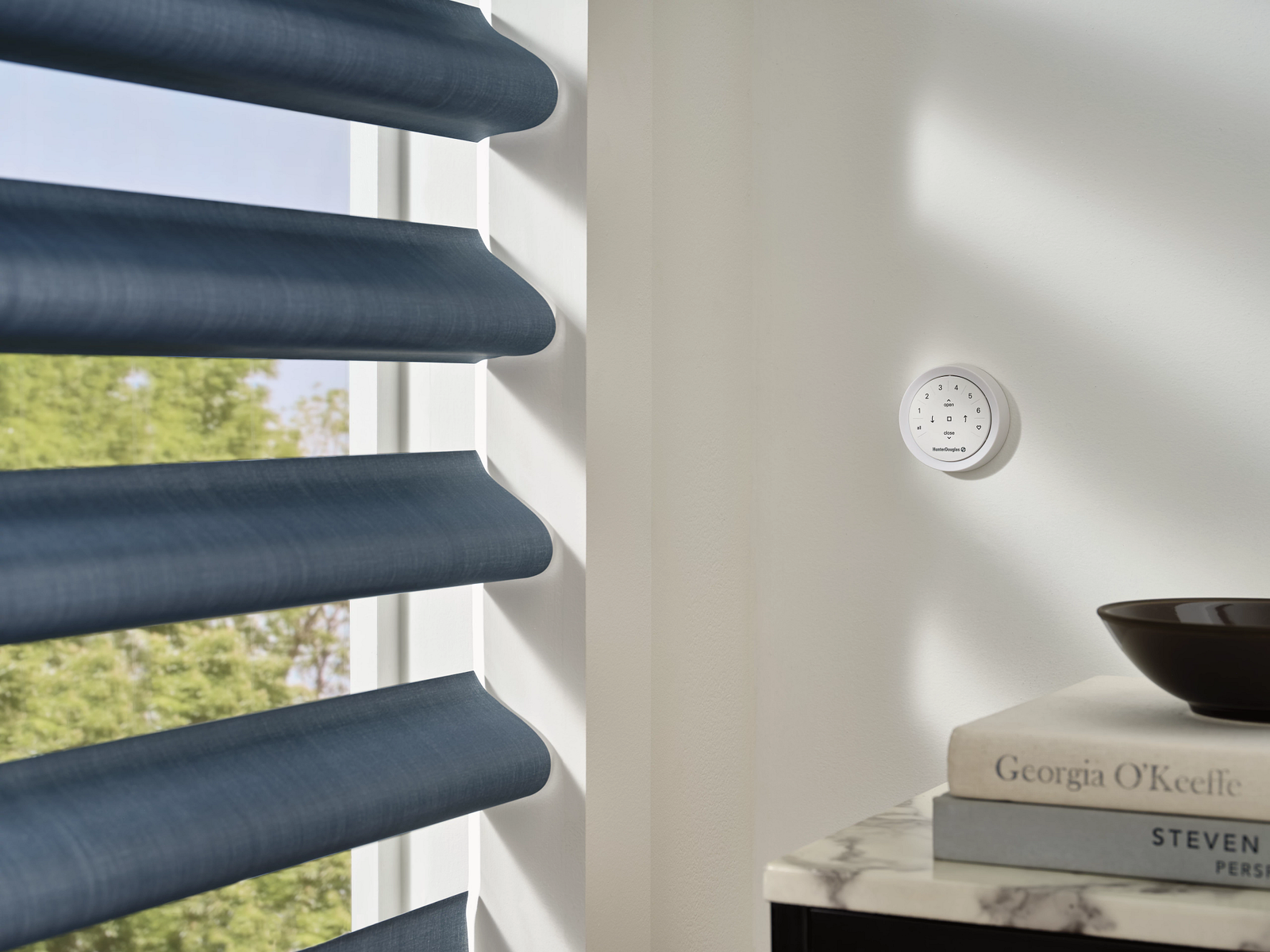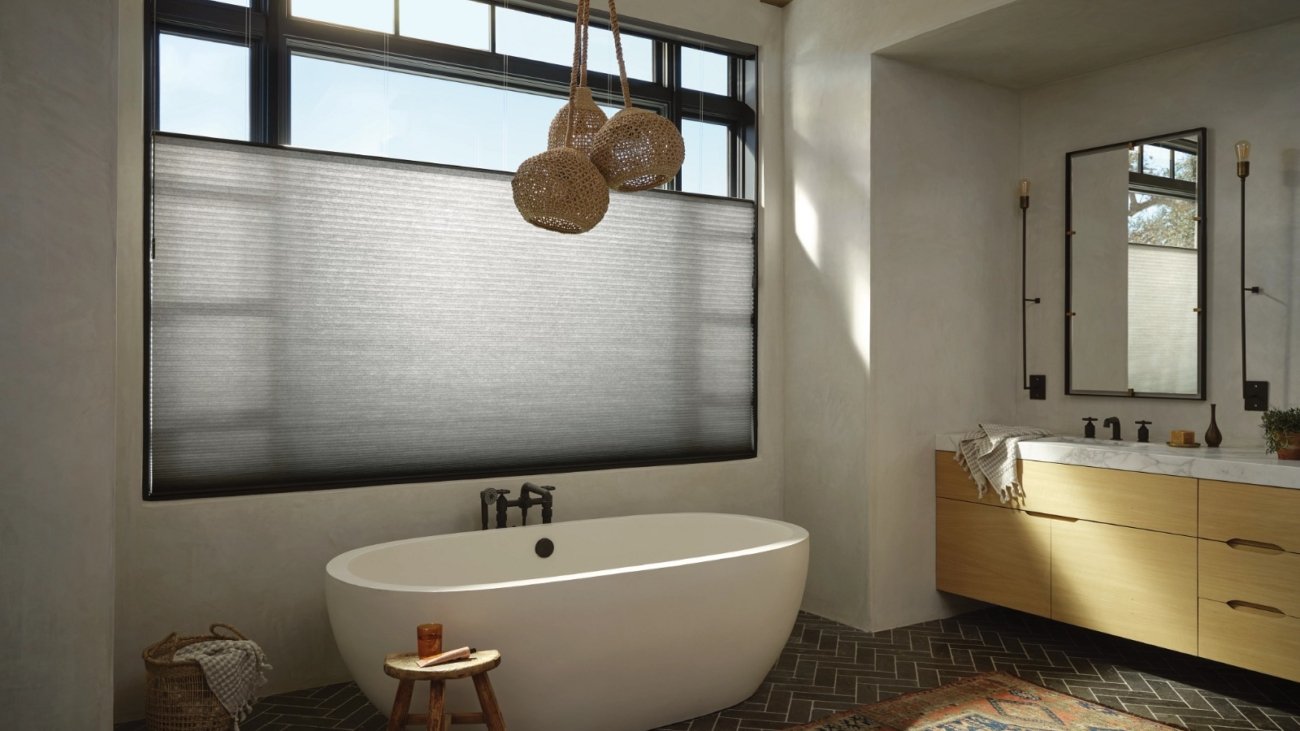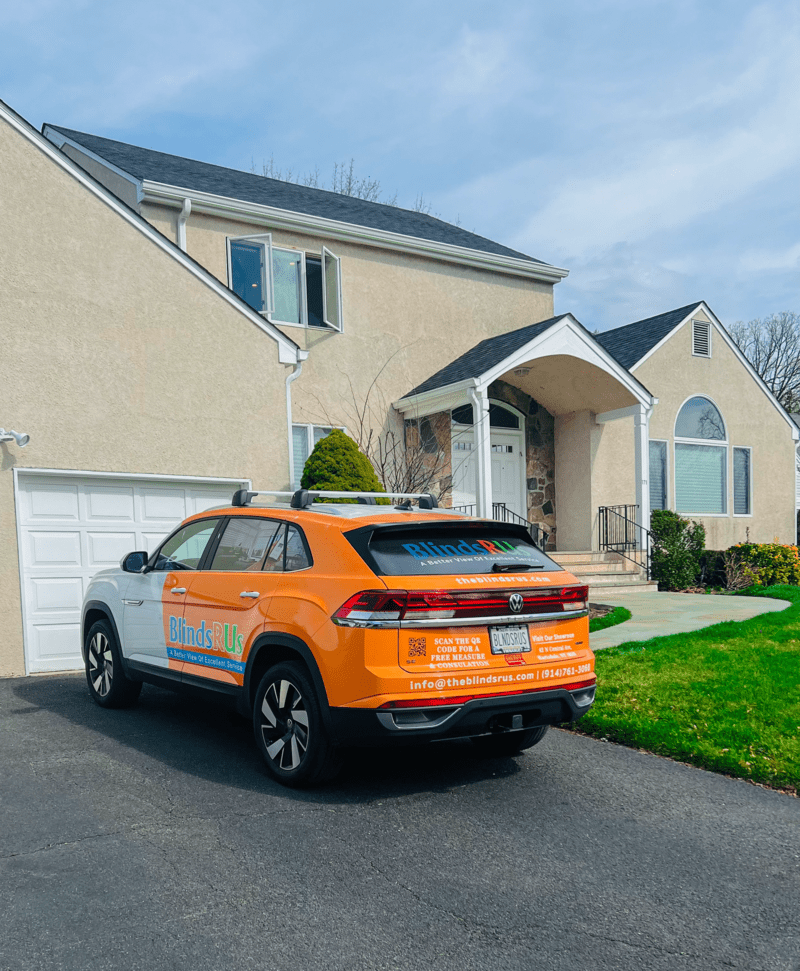Sun Glare, No Privacy, and Off-the-Shelf Blinds That Don’t Work?
You buy shades that look great online. Then you install them—and they let in too much light or not enough. Or worse, they don’t give you any privacy when you need it.
It’s frustrating. Especially when you’ve spent time and money trying to get it right.
That’s where a window treatment consultant makes a real difference. They don’t just help you pick a product. They help you solve the problem—for good.
Every Room Needs Something Different
Light and privacy aren’t just about aesthetics. They affect how you use a room, how well you sleep, even how comfortable your space feels during the day.
Here’s why the same window treatment doesn’t work for every space:
- Living rooms need flexibility—natural light during the day, privacy at night
- Kitchens need brightness without glare
- Bedrooms often need full blackout options
- Sunrooms and patios need protection from heat and UV
A consultant doesn’t guess. They look at your home, ask the right questions, and recommend options based on how you live and what the space needs.
Trying to figure out what are window treatments actually work for your space? Talk with a window treatment consultant about the best window treatments for your needs.
Common Light and Privacy Problems—Solved
If you’ve dealt with hot rooms, early morning wake-ups from sunlight, or feeling exposed when the lights are on at night, you know how frustrating it is. The good news is—those problems have practical solutions.
Here’s what a consultant might suggest:
- Too much sun? Light-filtering shades or dual-layer blinds soften the brightness
- No privacy at night? Top-down, bottom-up shades or layered drapes give you control
- Hard-to-reach windows? Motorized blinds that can be controlled from your phone
- Outdoor heat and glare? Outdoor patio blinds that block sun without ruining the view
These aren’t one-size-fits-all. They’re measured and built to fit your exact windows—so they work better, look cleaner, and last longer.
Not sure which window treatments work best for your setup? Ask a window treatment consultant about Healthy Window Blinds and the best type of blinds for living room comfort and style.
Why Professional Installation Matters
Great blinds aren’t much help if they’re installed badly. Crooked hardware, uneven gaps, and loose mounts all affect how your shades work—and how they look.
A professional installer takes precise measurements, brings the right tools, and knows how to deal with things like window depth, tricky corners, and heavy materials.
You get a clean, secure fit with none of the guesswork.
Want the job done right the first time? Go with a window treatment installation service that handles everything—from measuring to mounting.
Solutions That Look Good, Too
Function matters. But so does style.
A consultant helps you choose treatments that don’t just block light—they match your space, your taste, and your daily routine. Whether that’s clean, modern roller shades or textured woven wood blinds, you’ll see options you probably wouldn’t find on your own.
Many modern window treatments include smart features like remote control or energy efficiency. They’re made to last and feel more like furniture than an afterthought.
Two quick facts for fun:
- The earliest “window treatments” go back to ancient Egypt, where damp cloth was hung over windows to cool indoor air.
- Venetian blinds were once banned in England during wartime because they made it harder to spot light signals from inside buildings.
Looking for custom blinds that fit your home and your style? Talk to a window treatment consultant who works with custom blinds Westchester County New York homeowners trust.
Ready to Solve the Problem, Not Just Cover It Up?
A window treatment consultant takes the stress out of fixing light and privacy issues. They help you figure out what works, measure it, install it, and leave you with a solution that lasts.
No guessing. No wasting time. Just blinds and shades that actually do their job.
Explore the best window treatments, custom blinds, and window treatments & hardware that fit your space. Ask your local pro about the best window treatment options, including full window treatment installation service.




